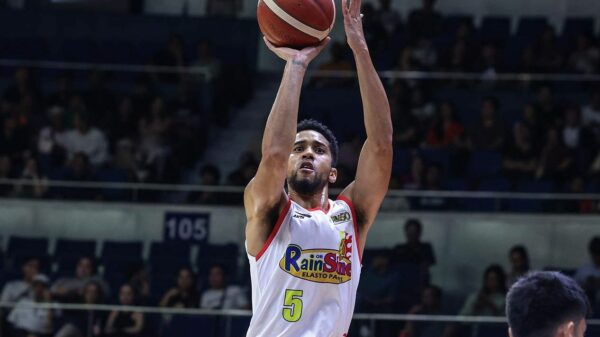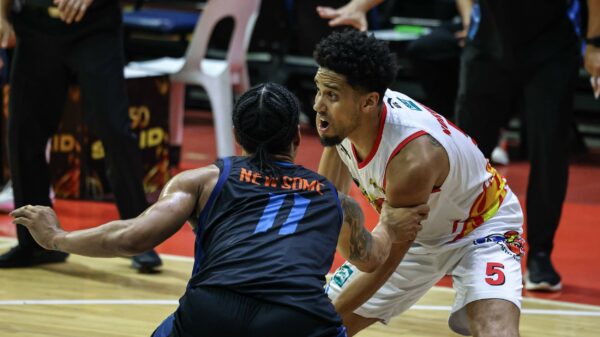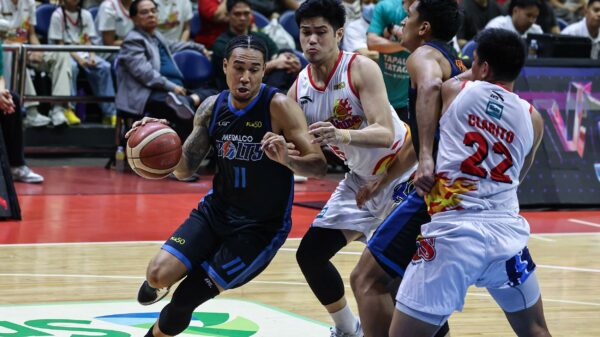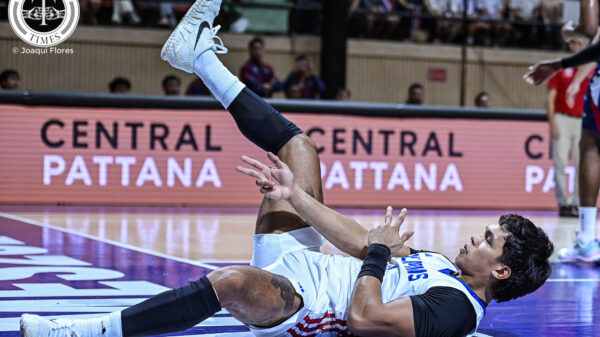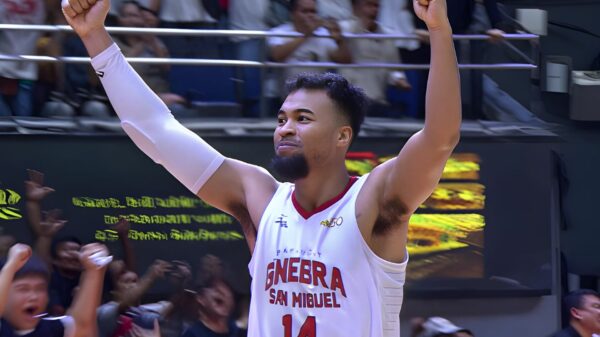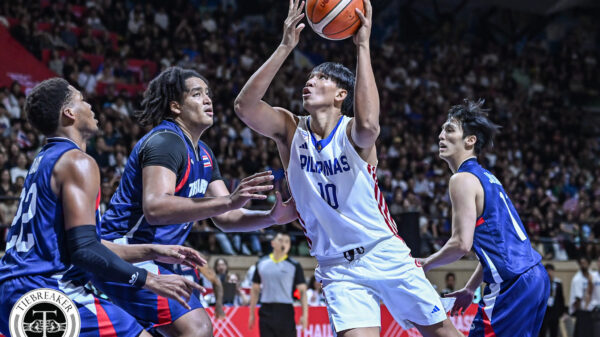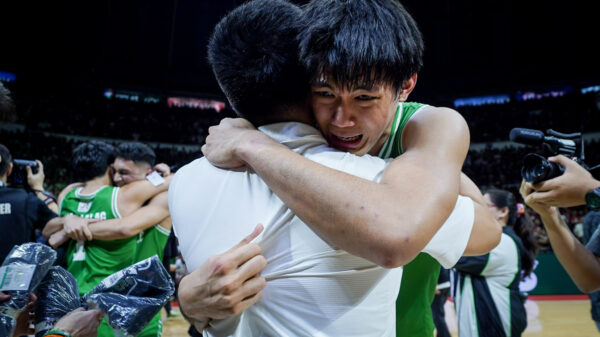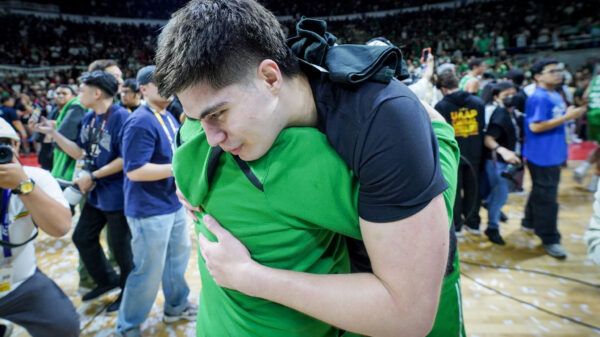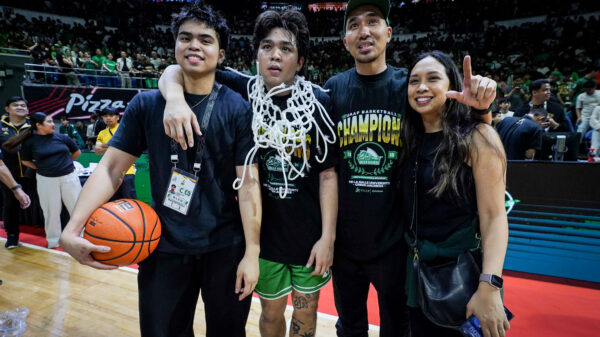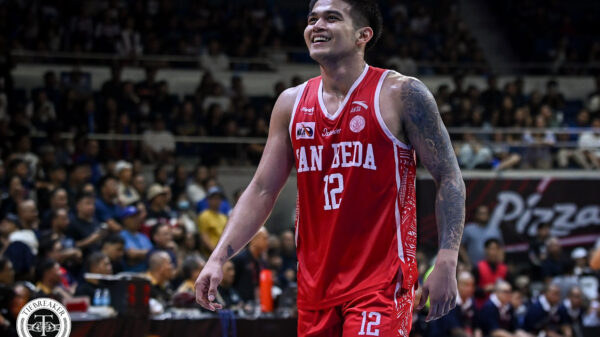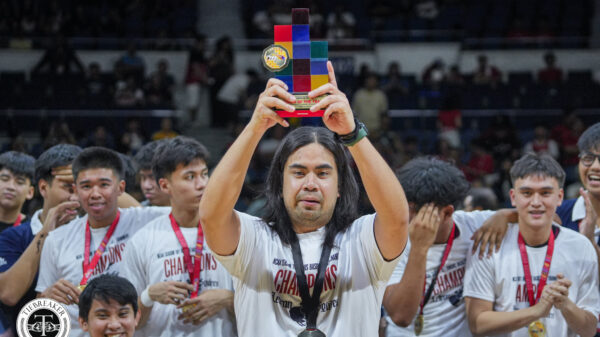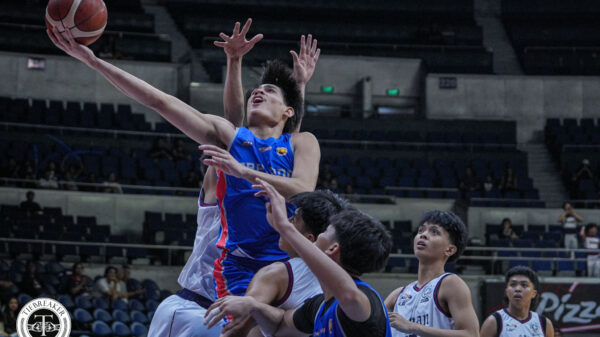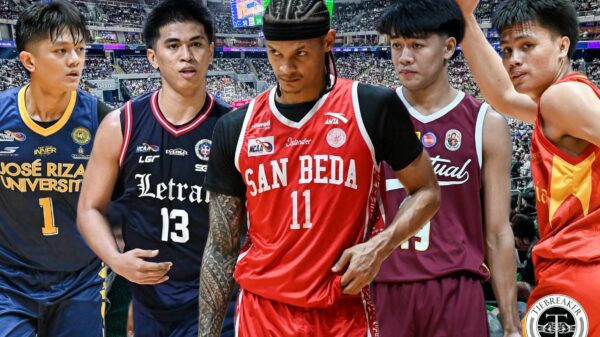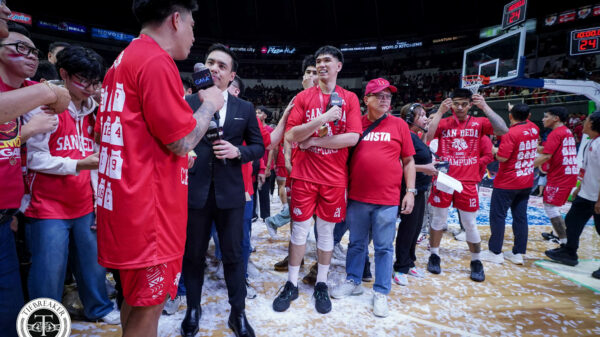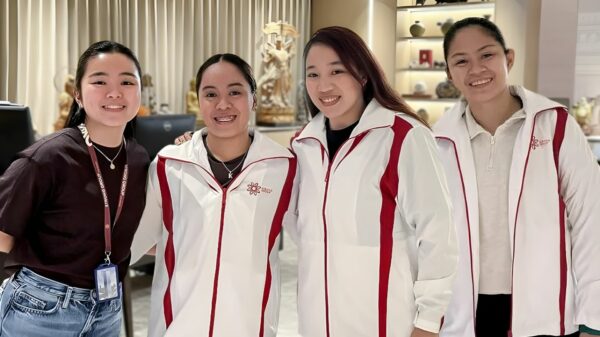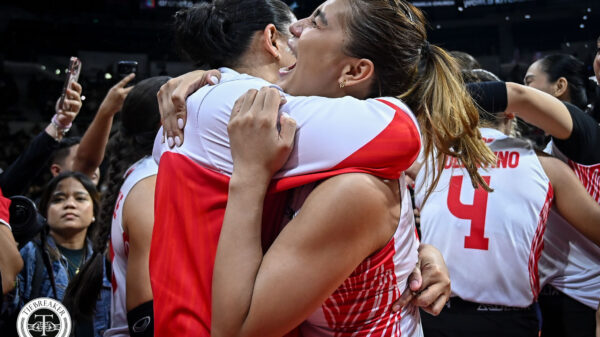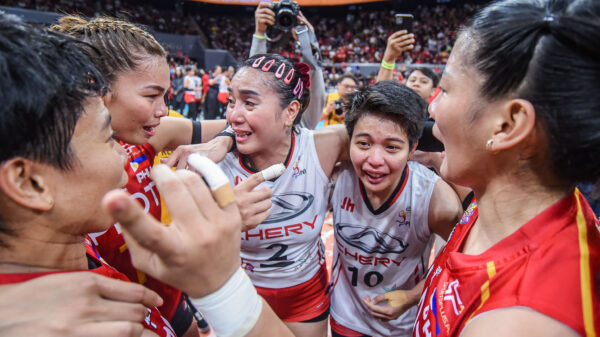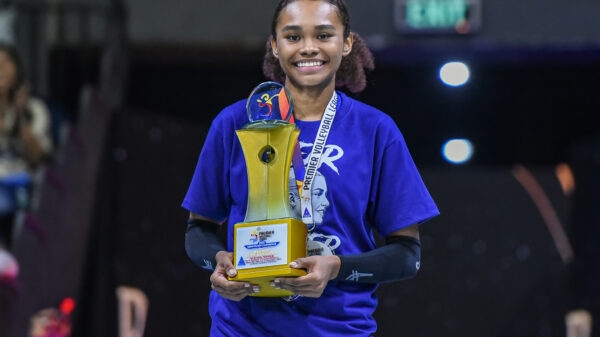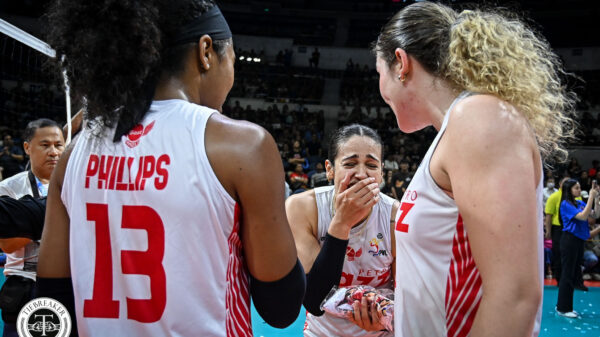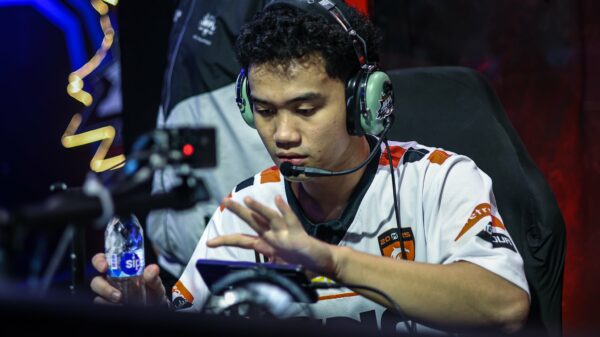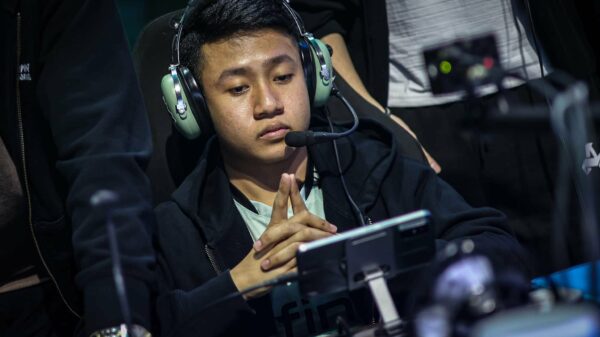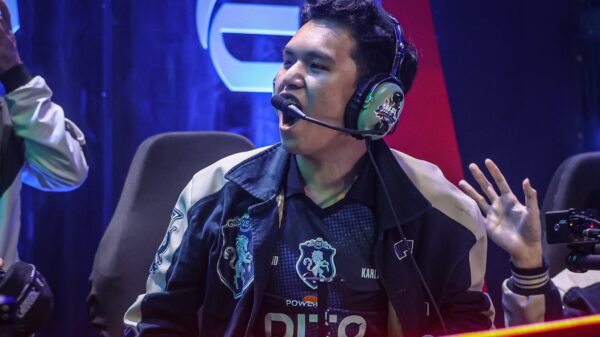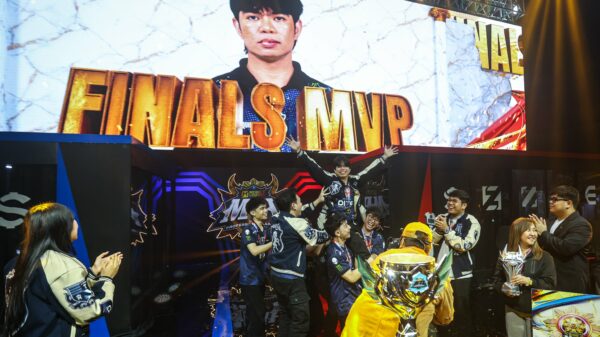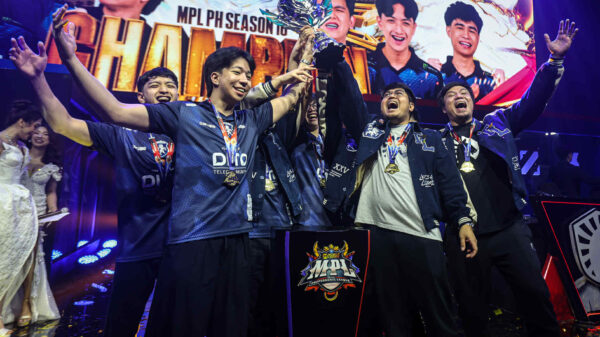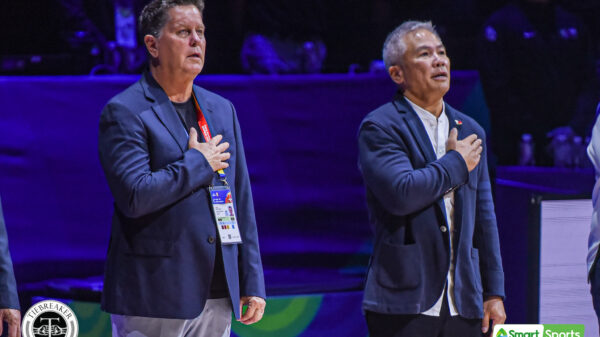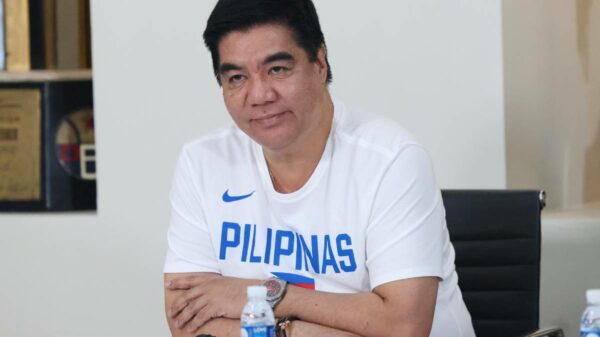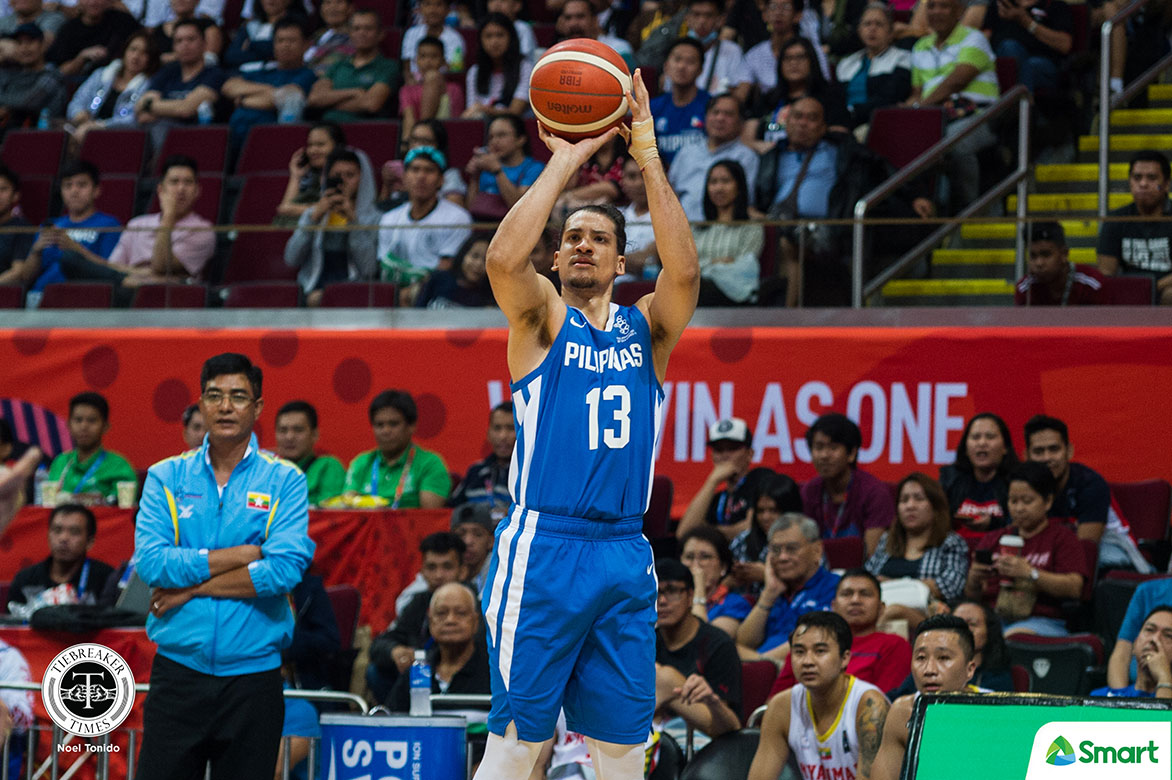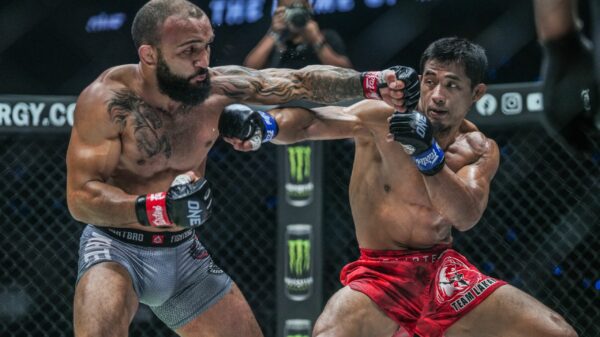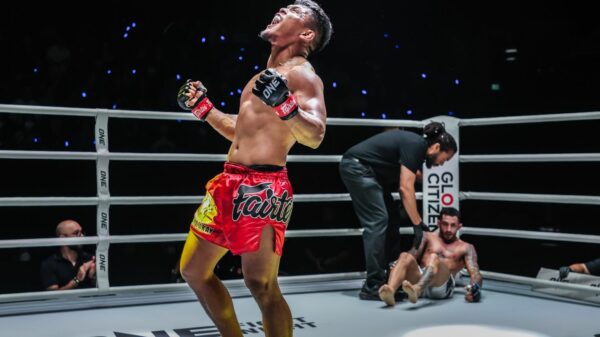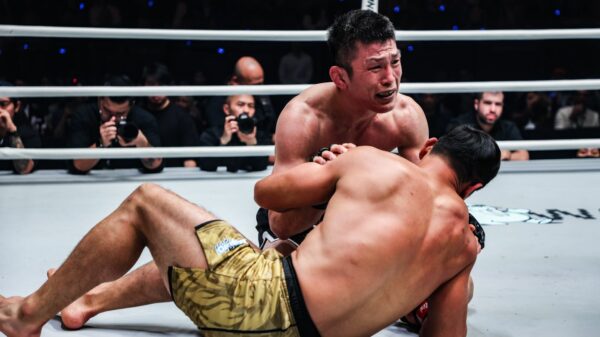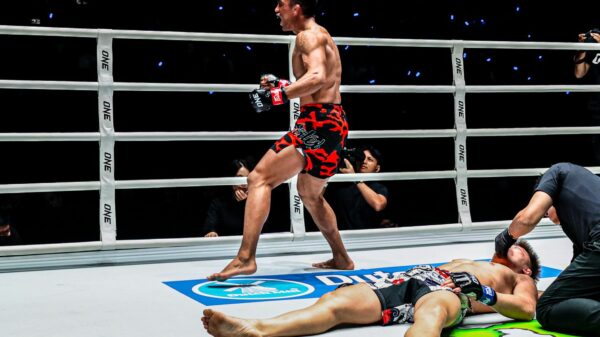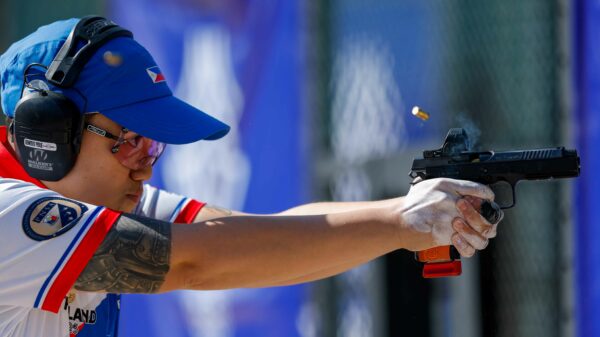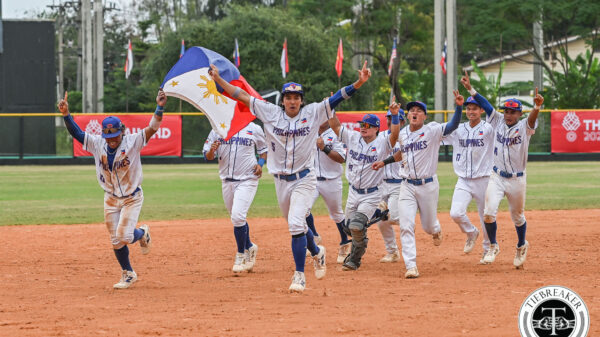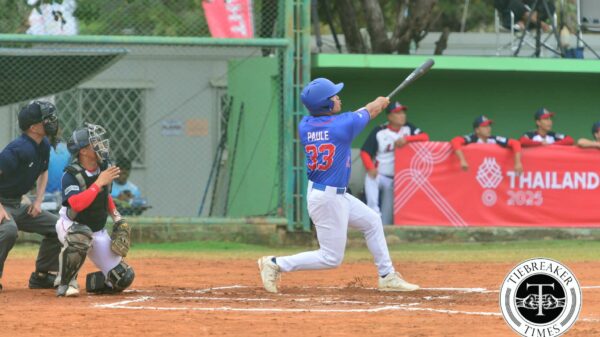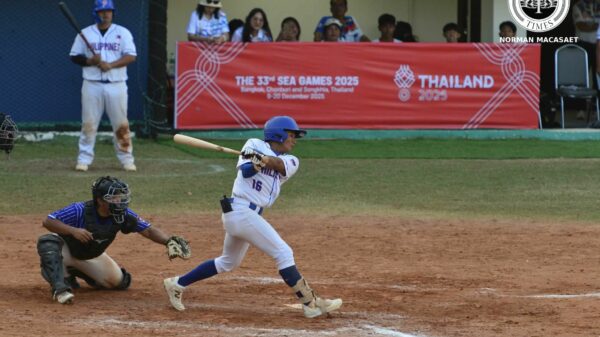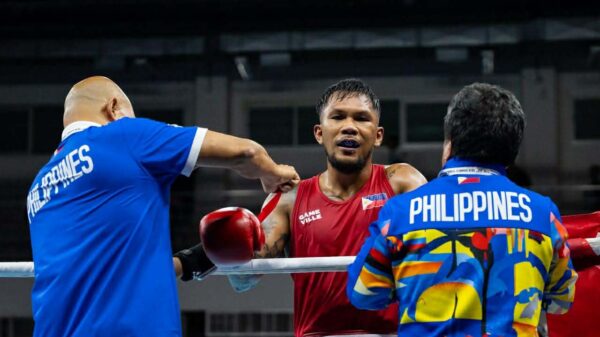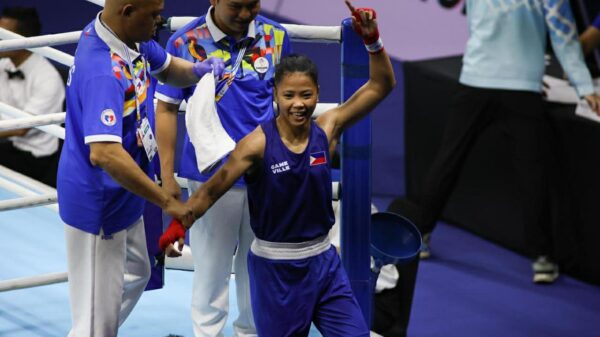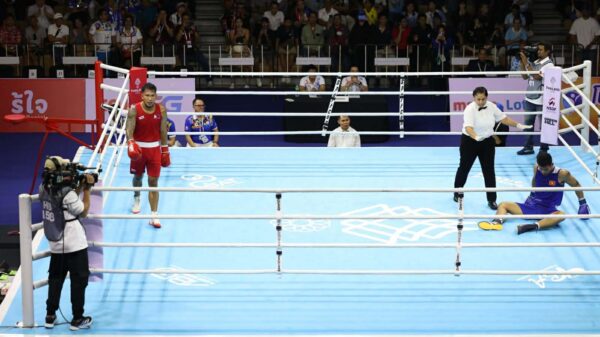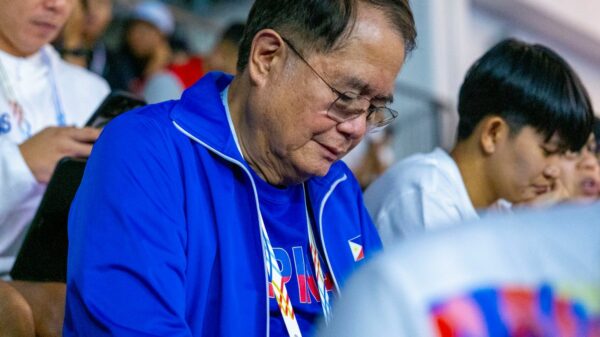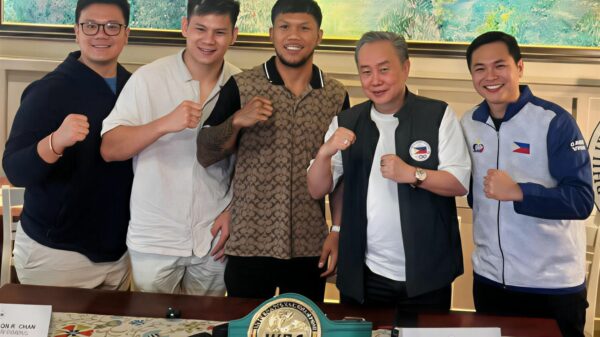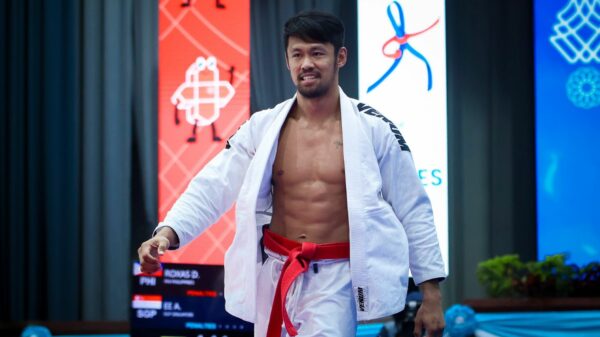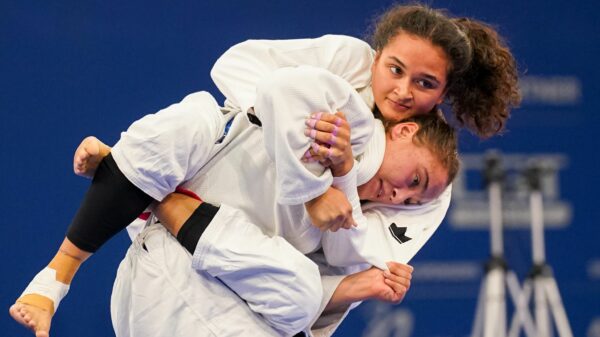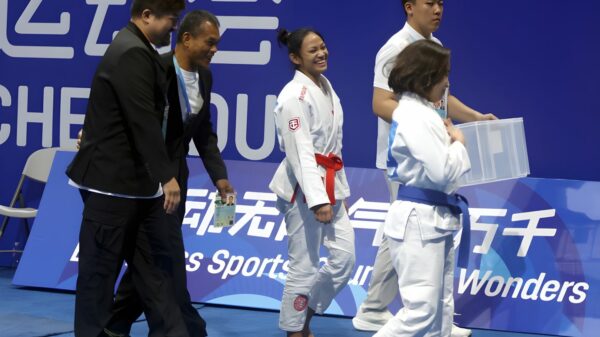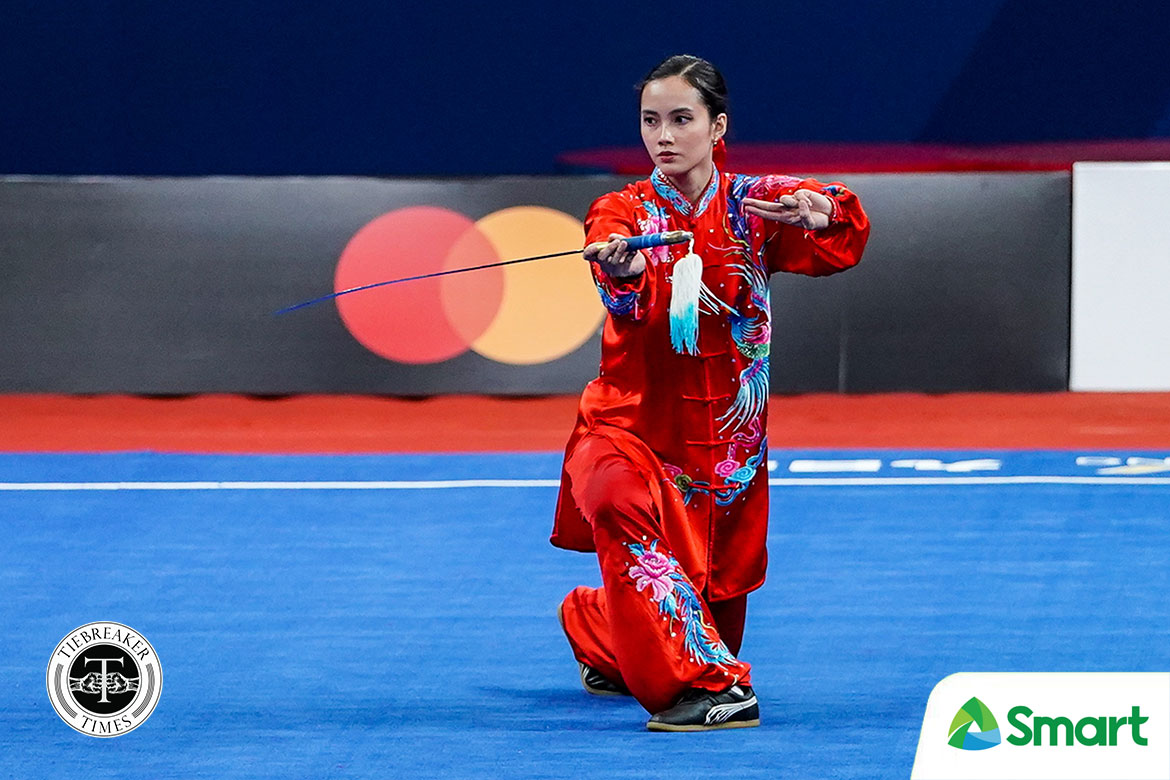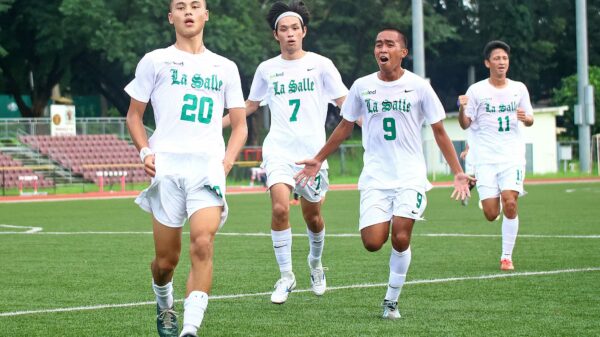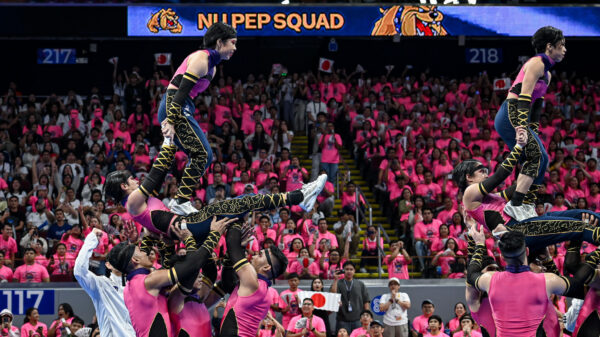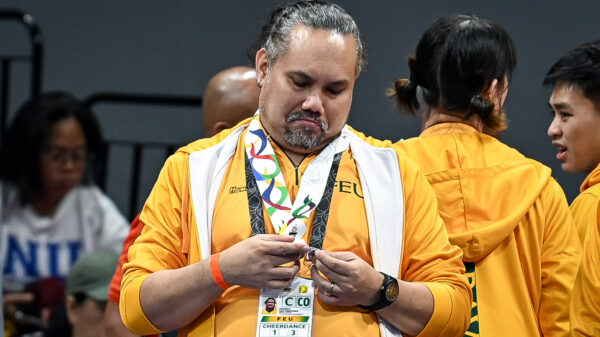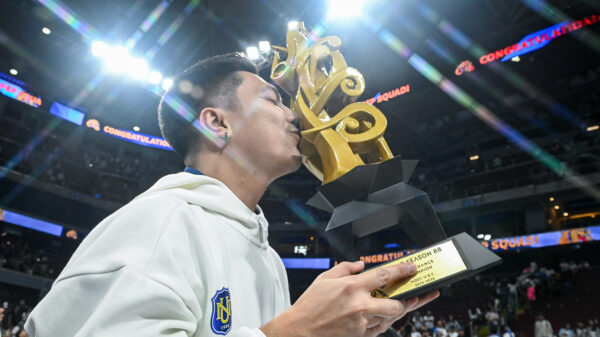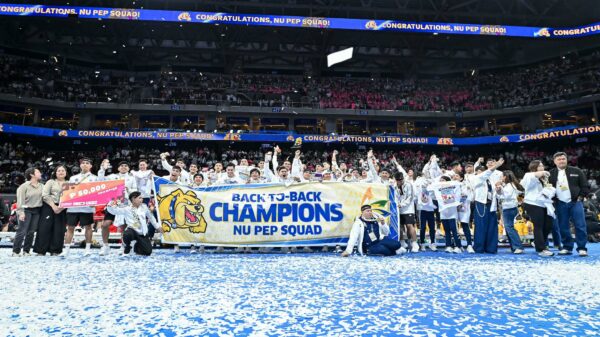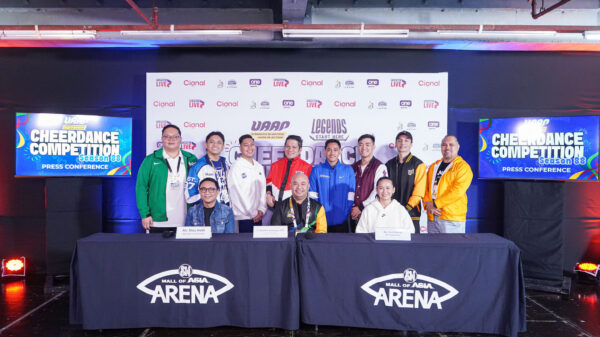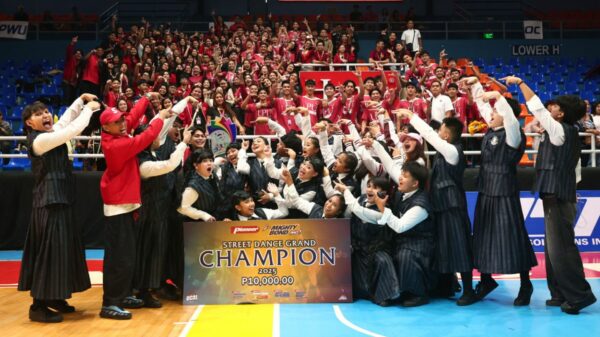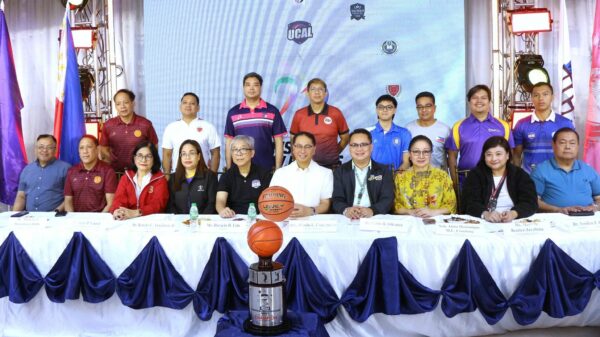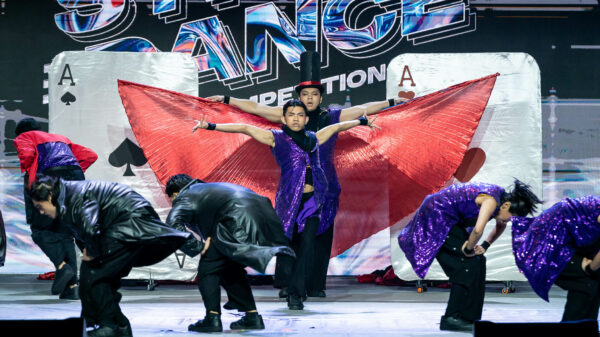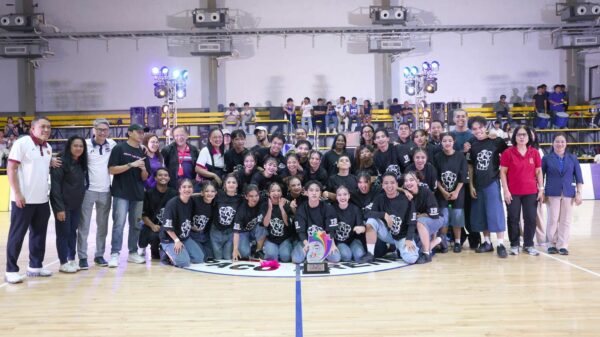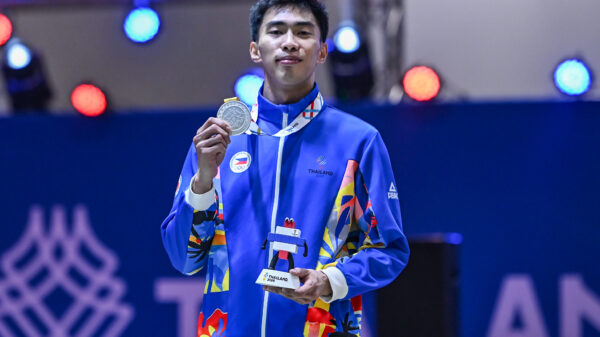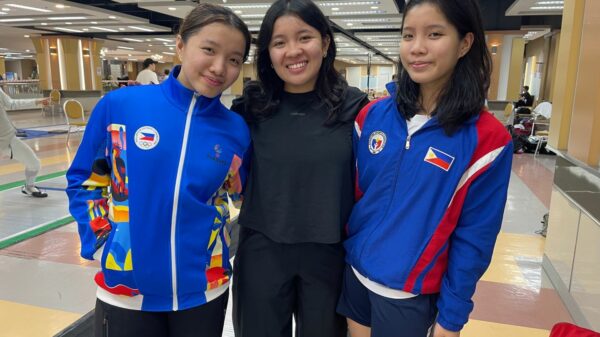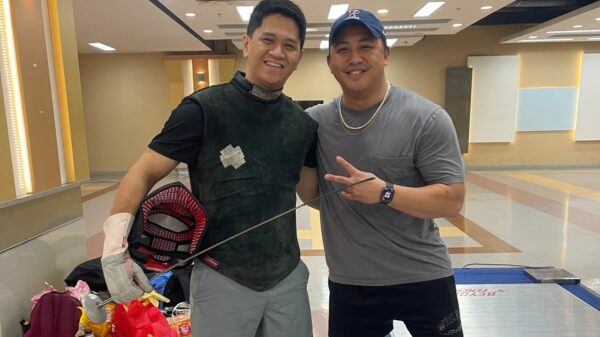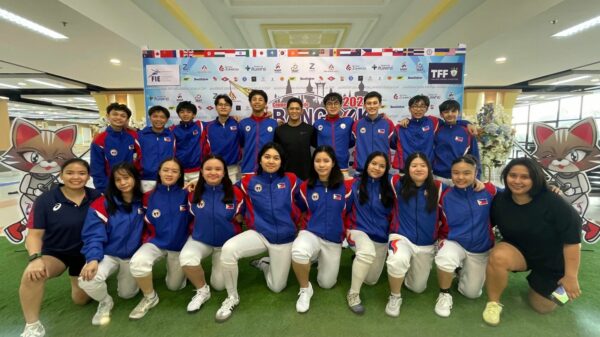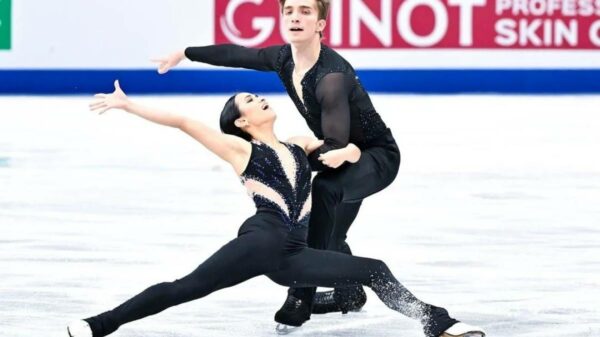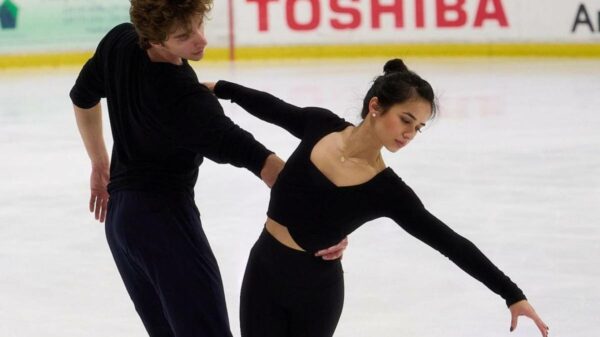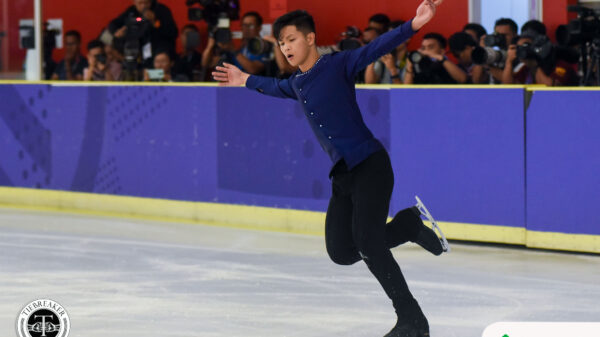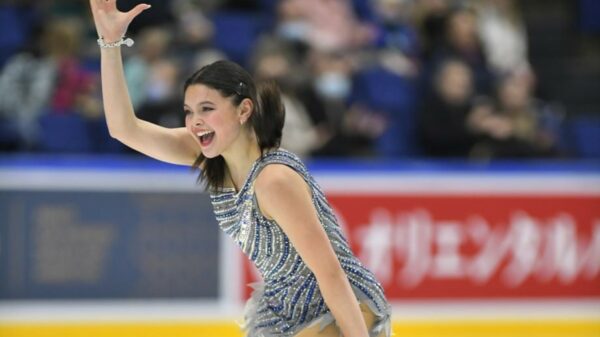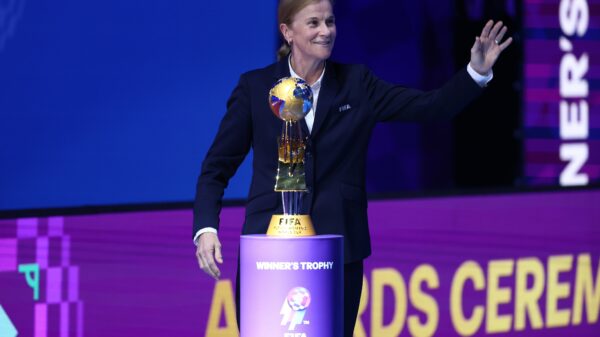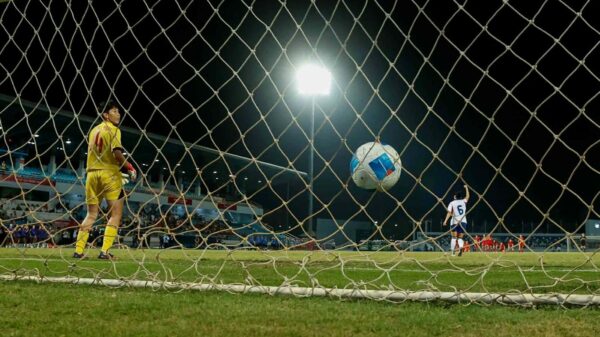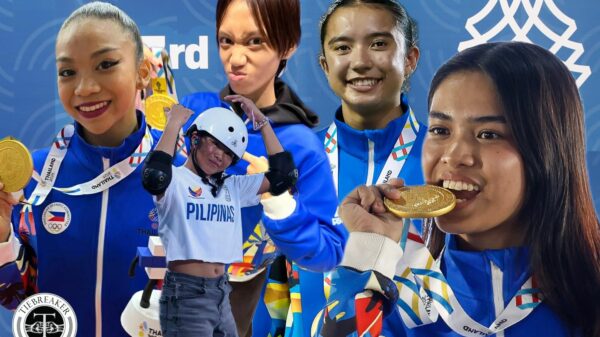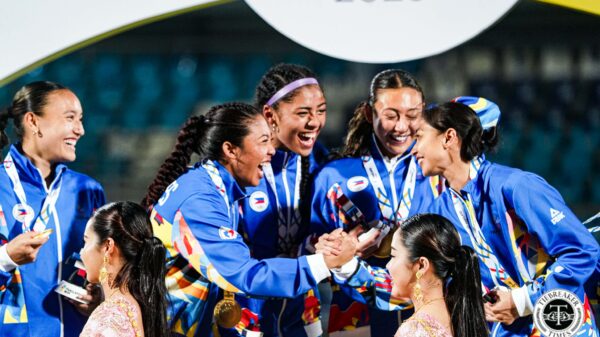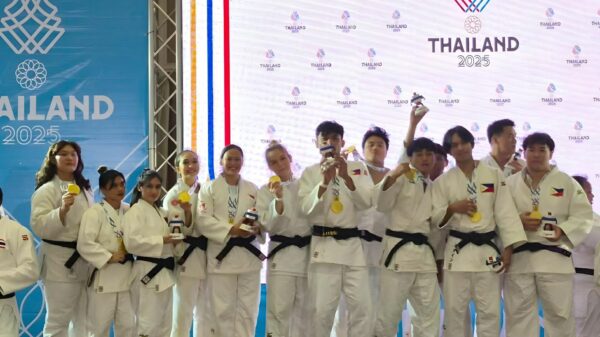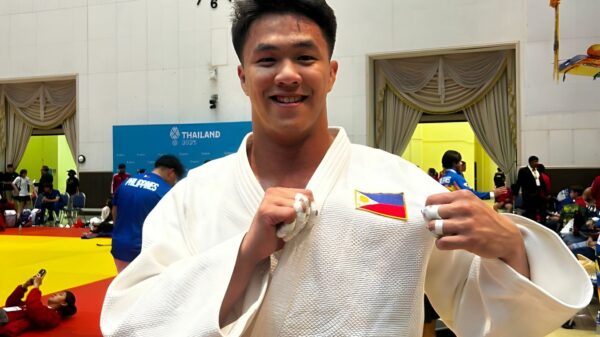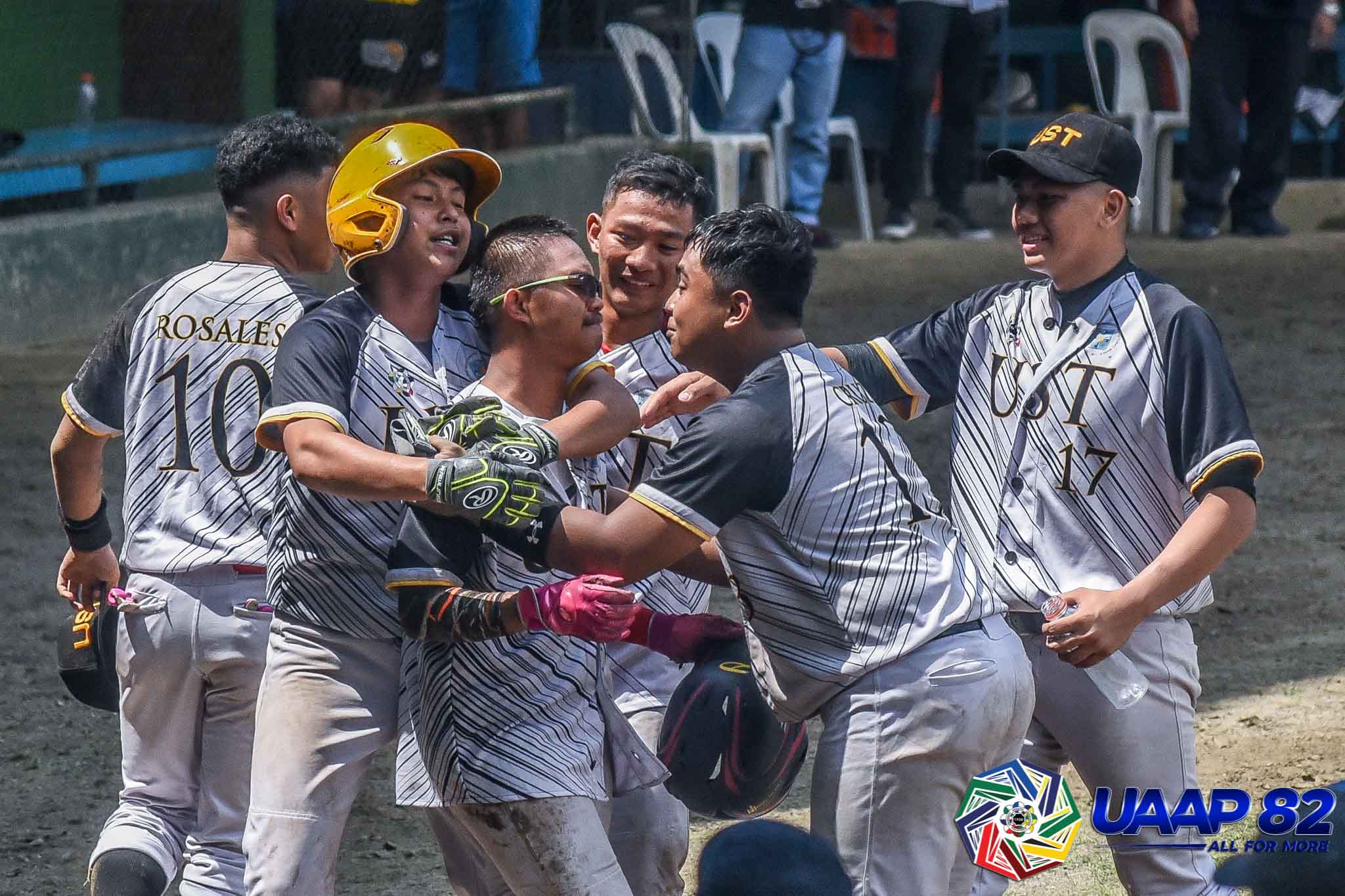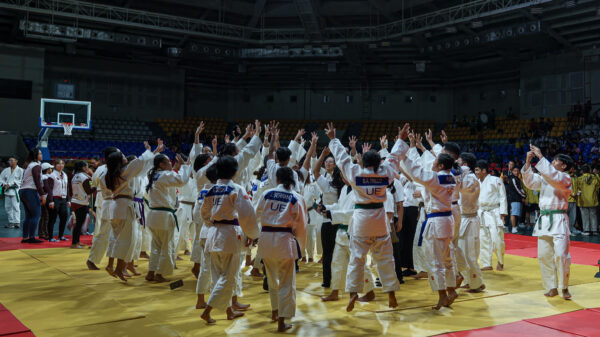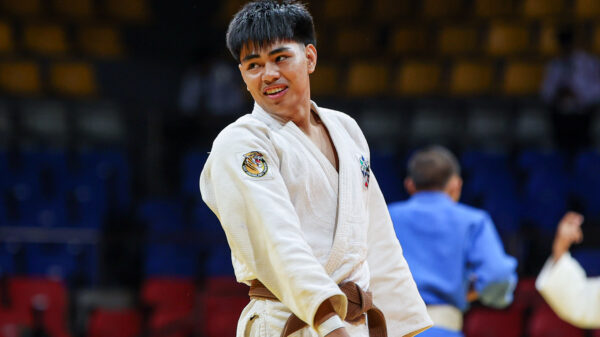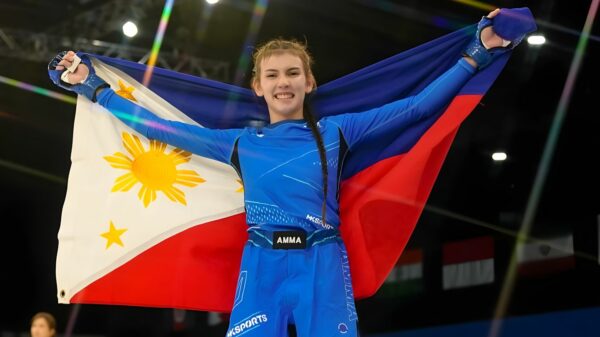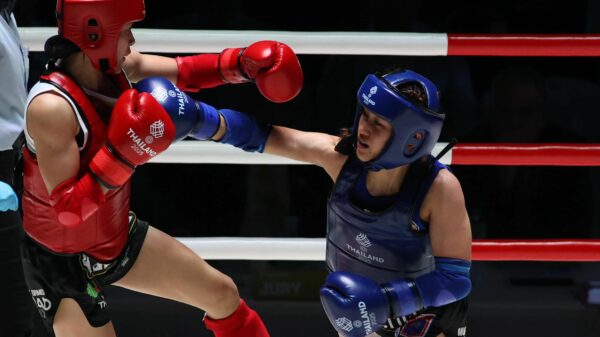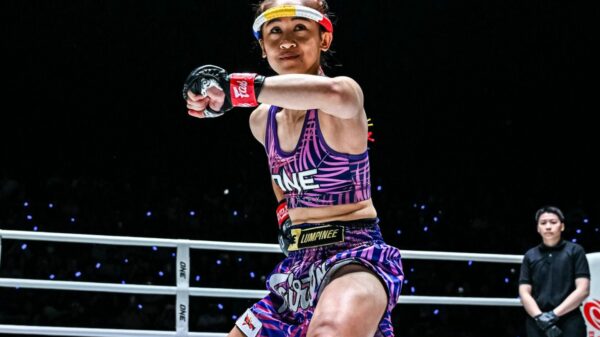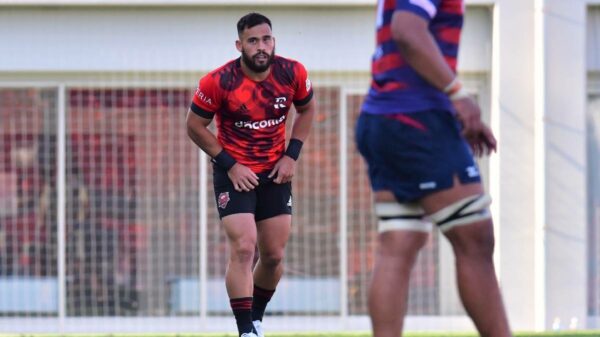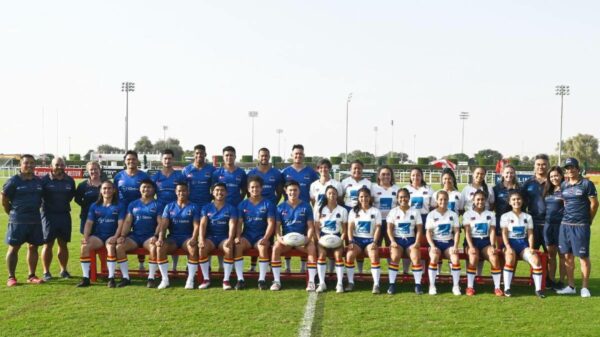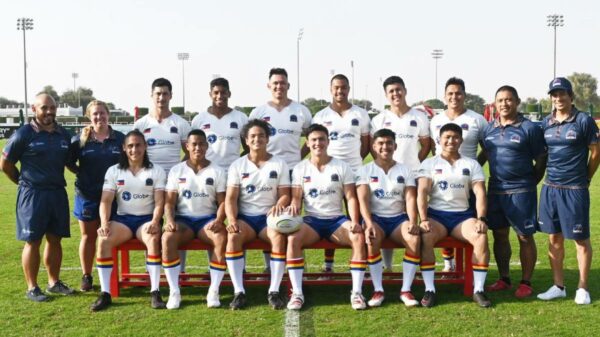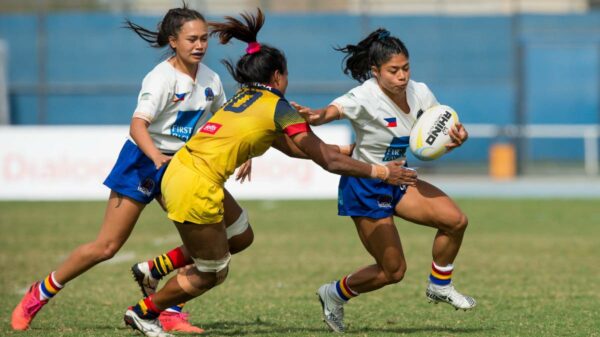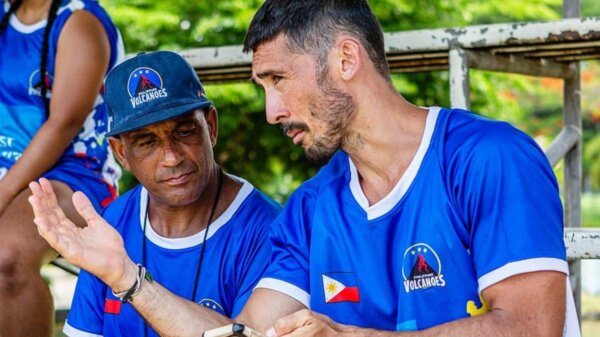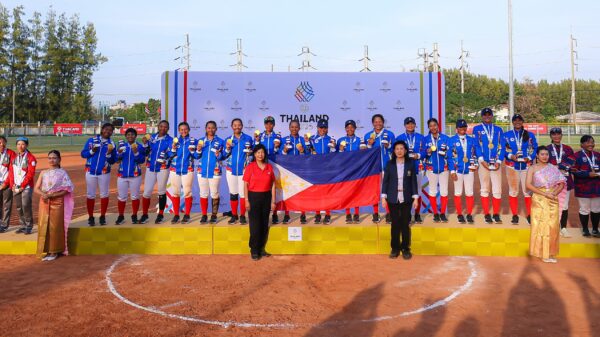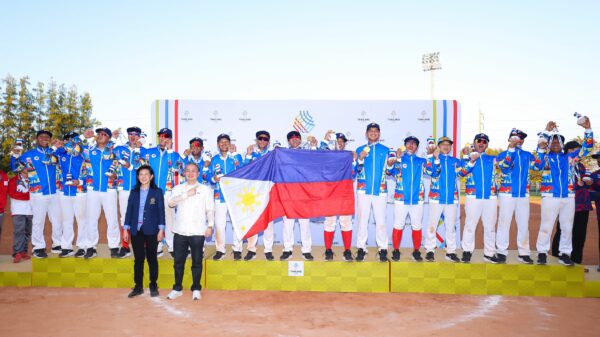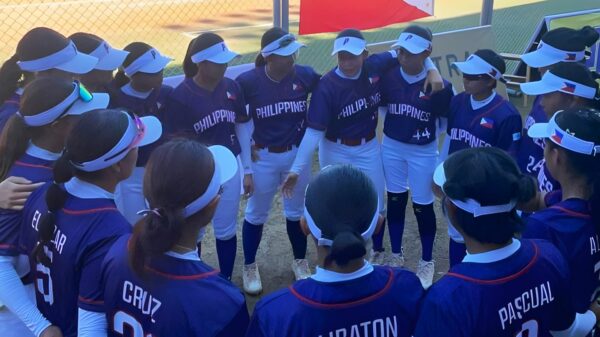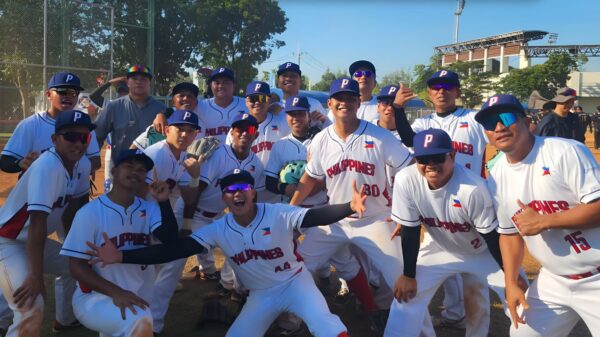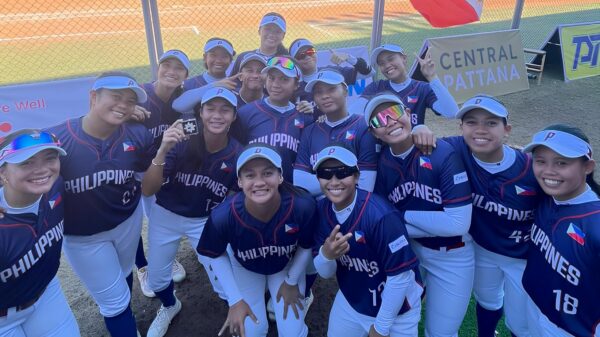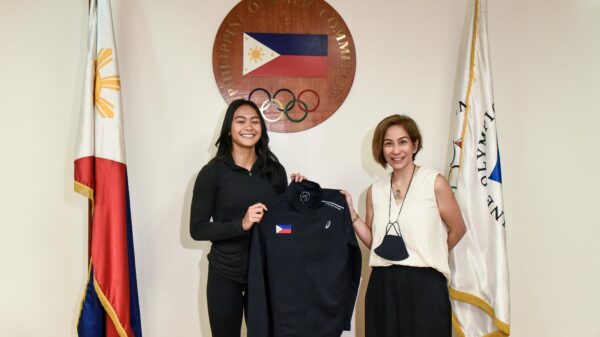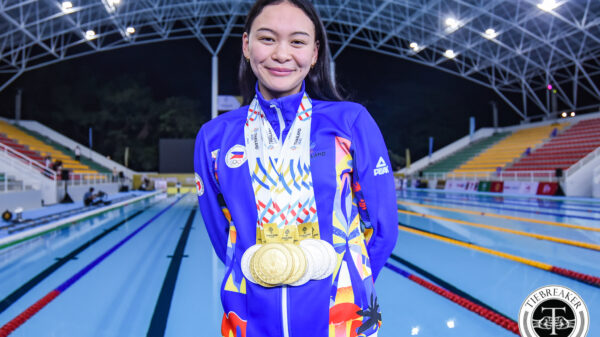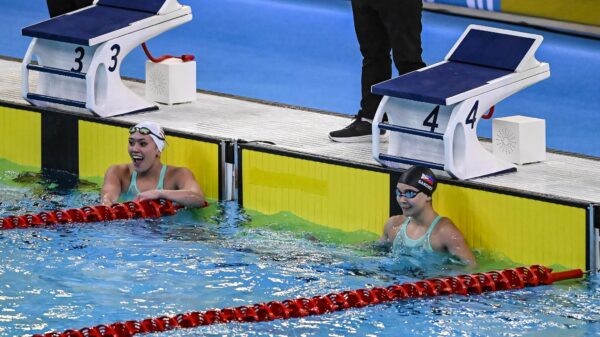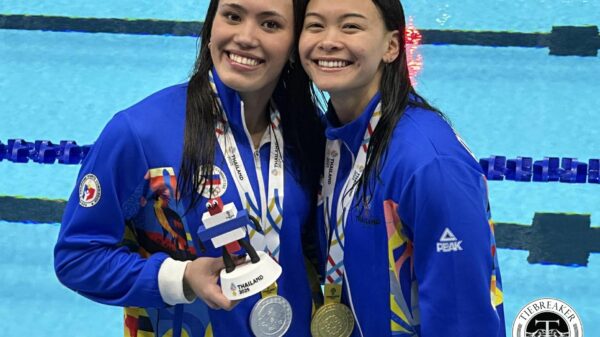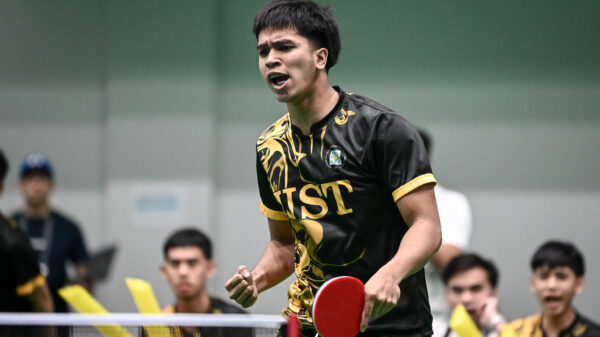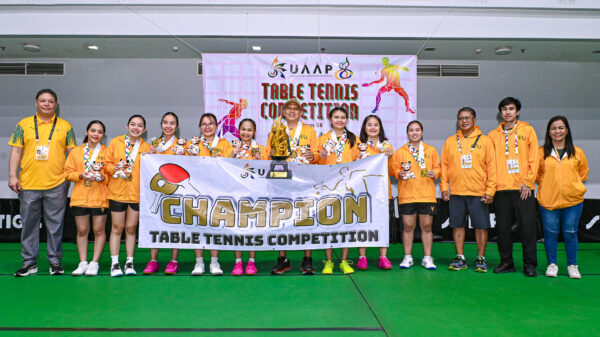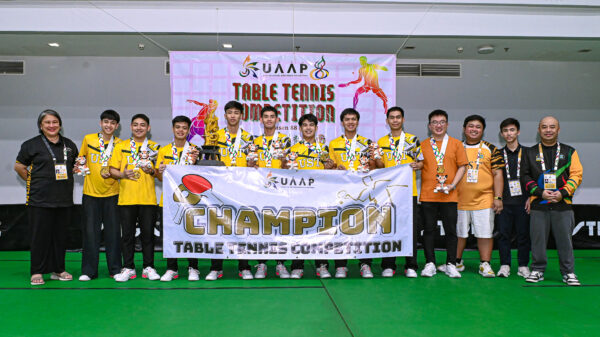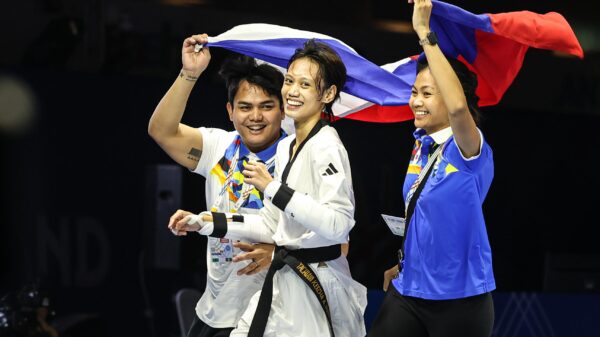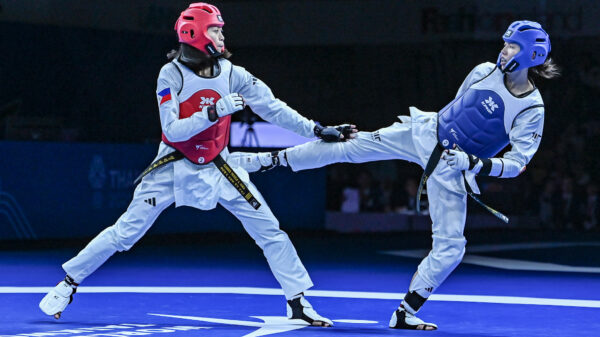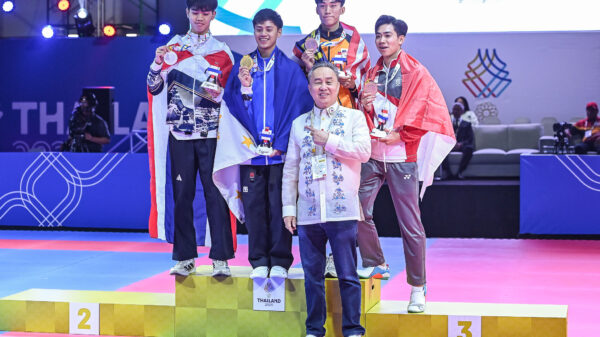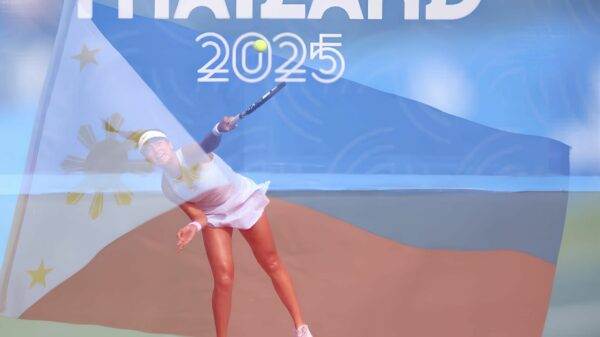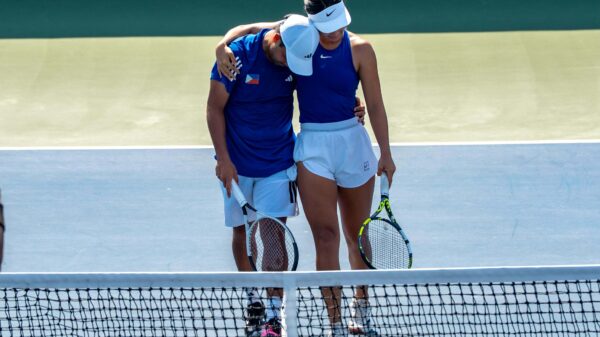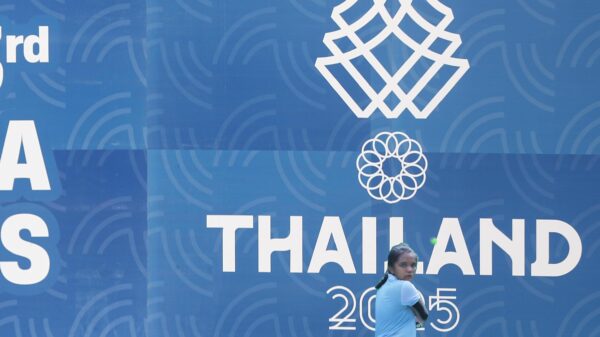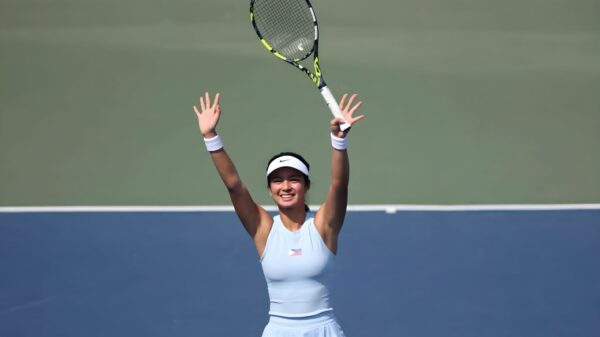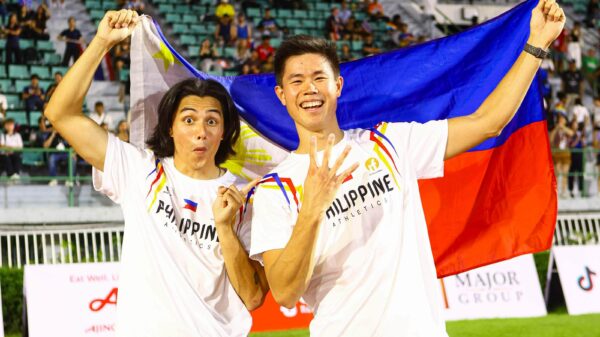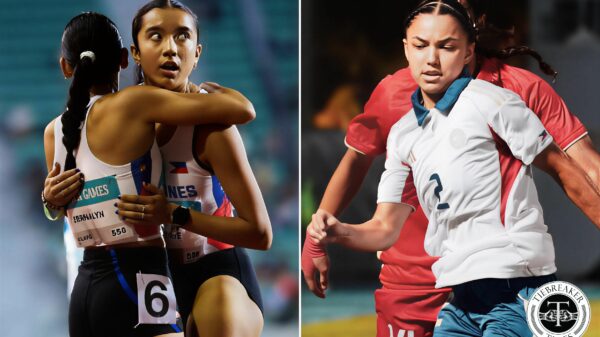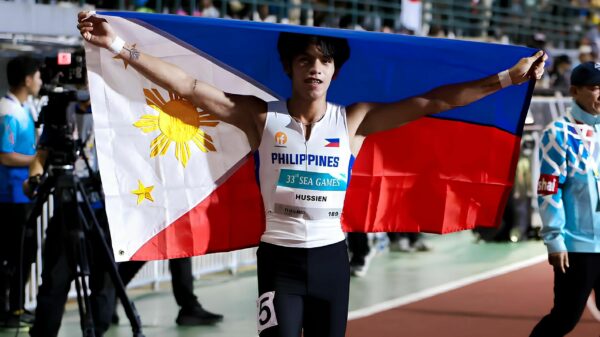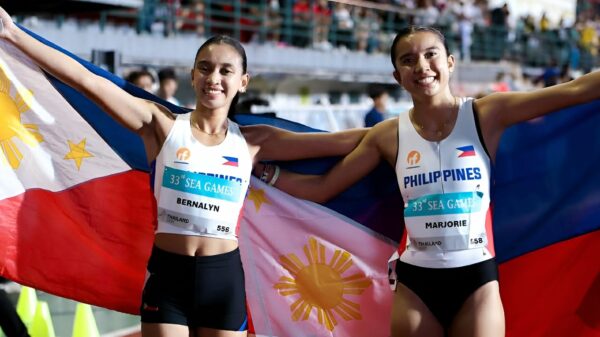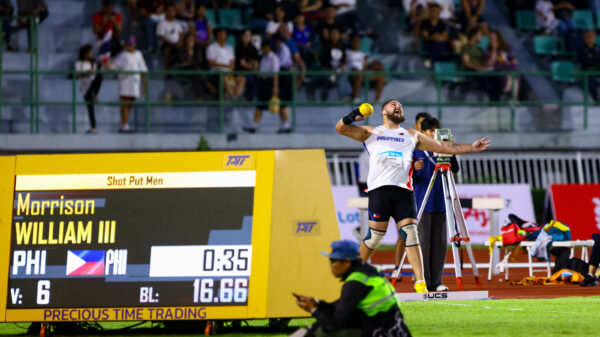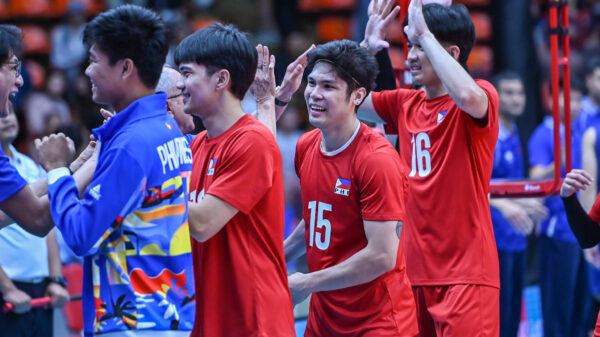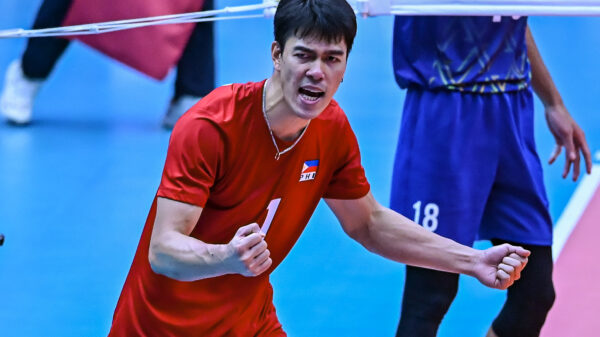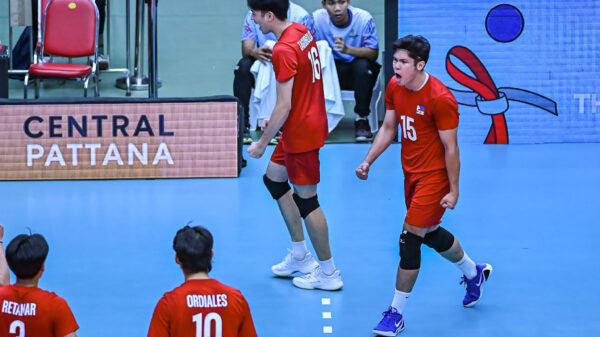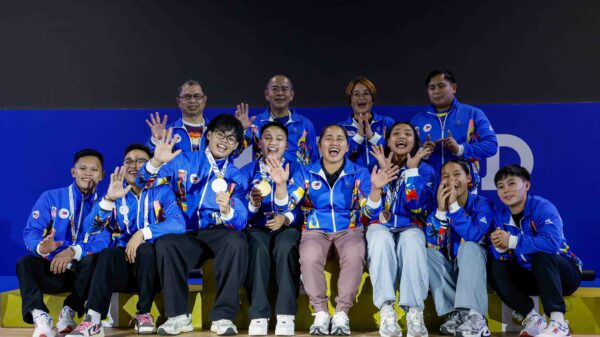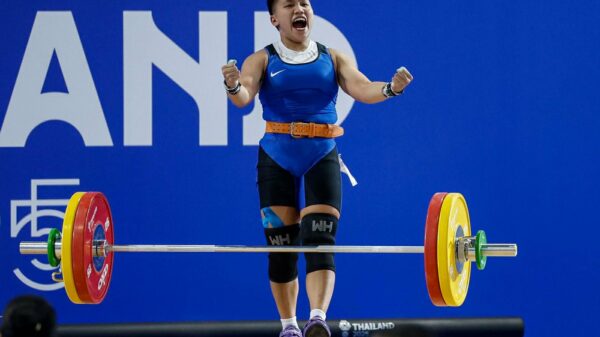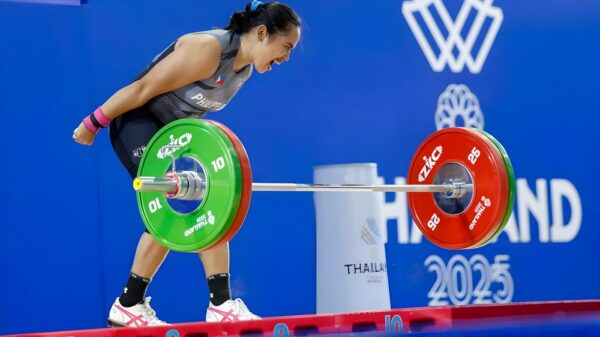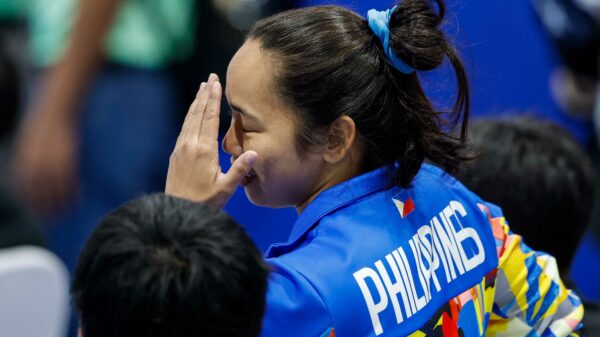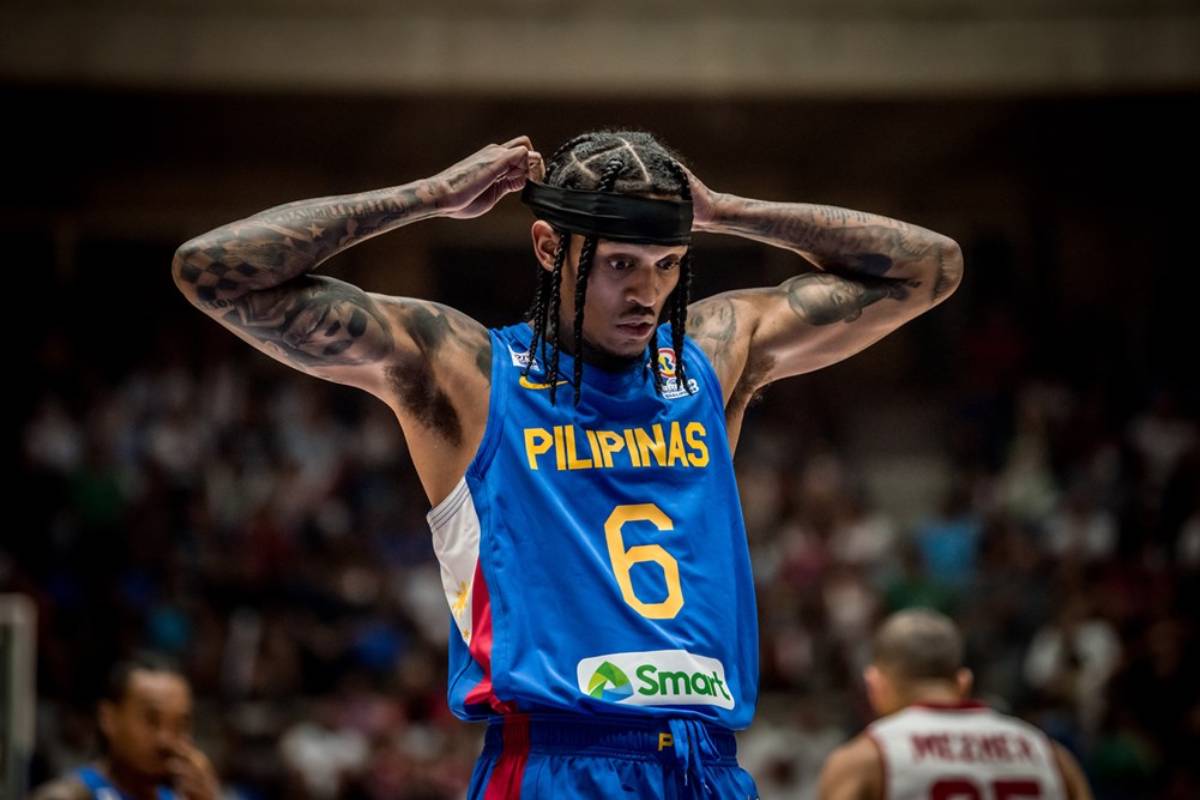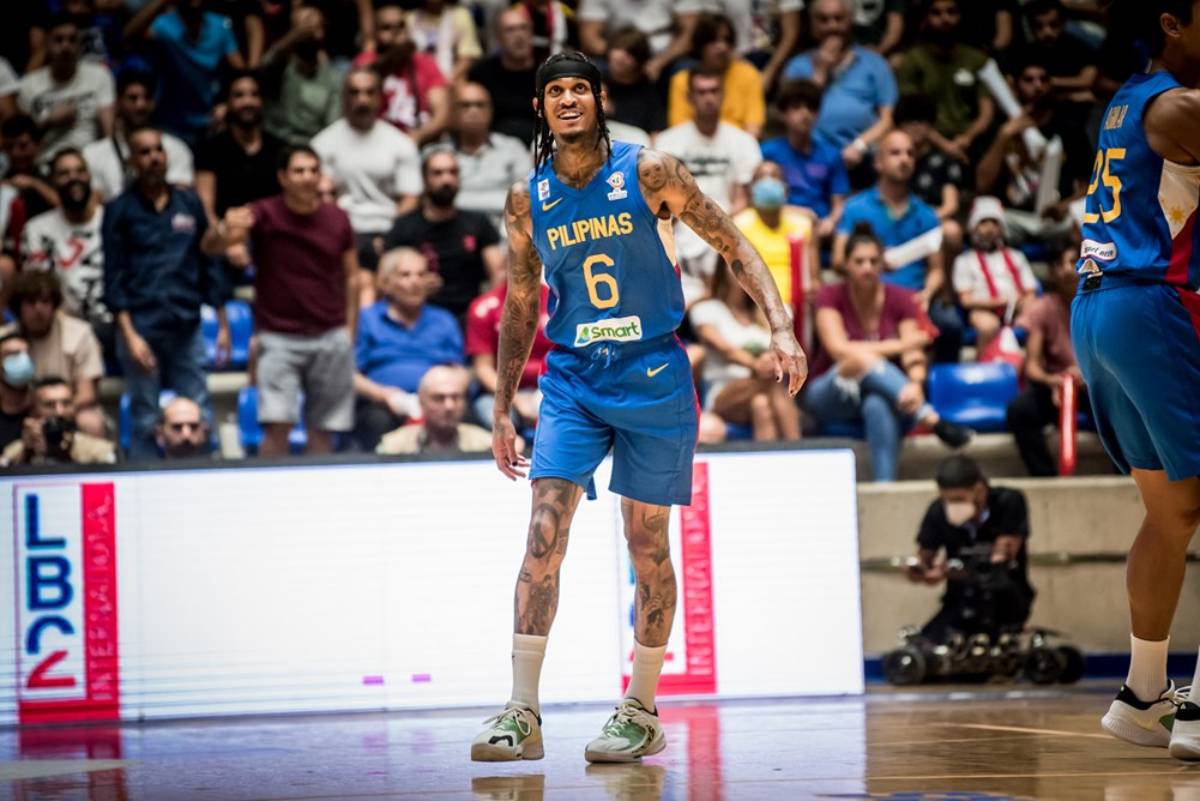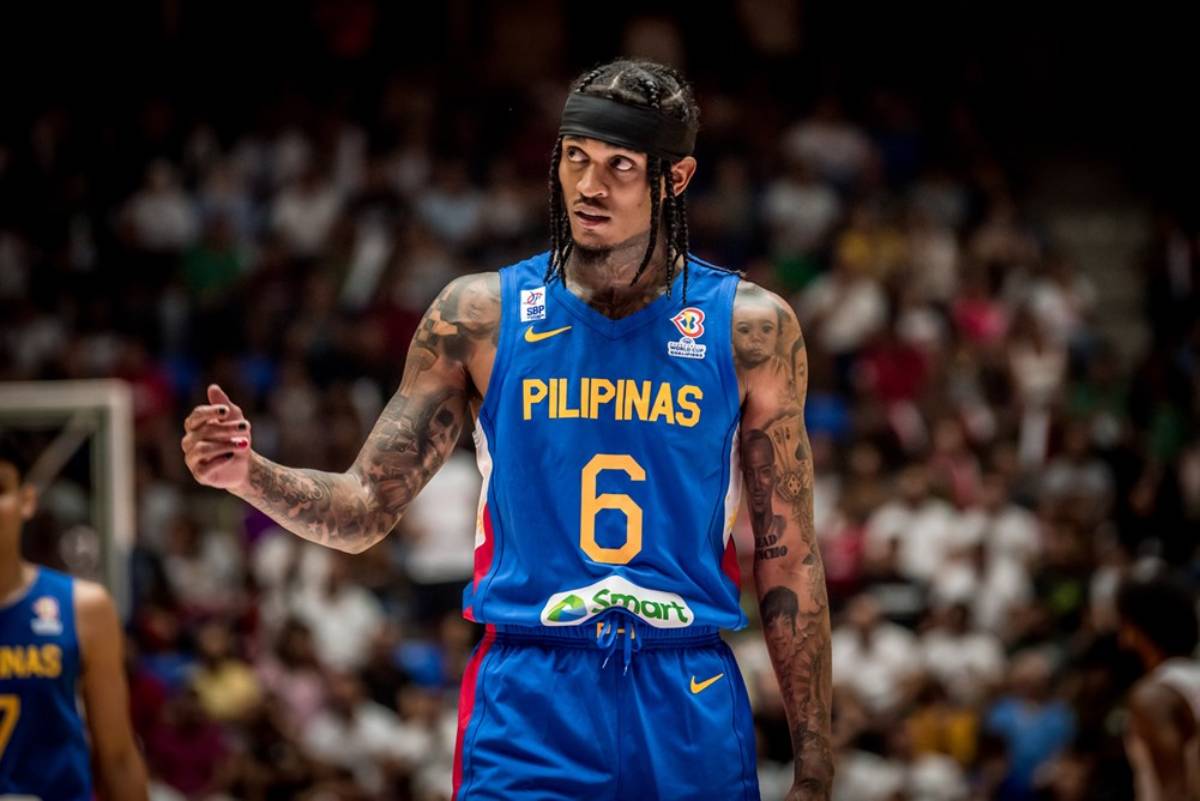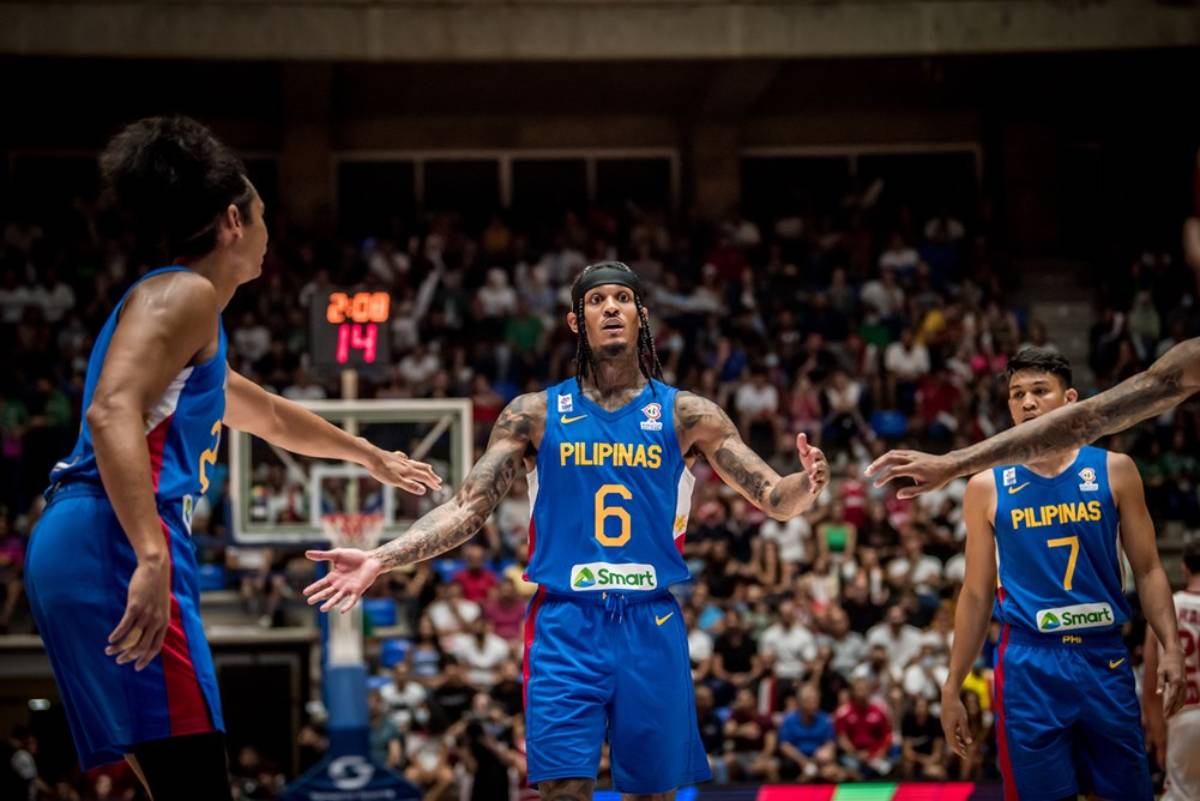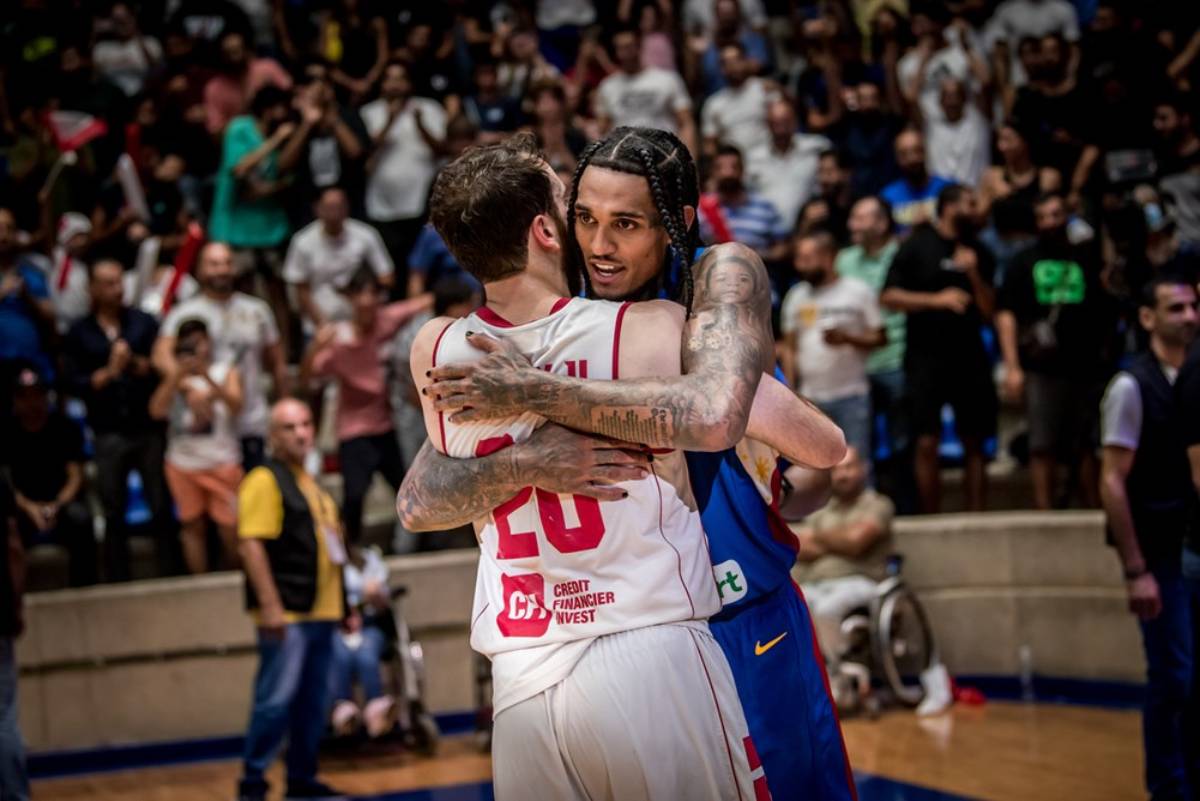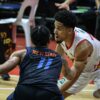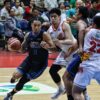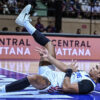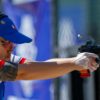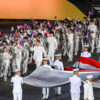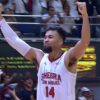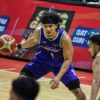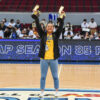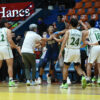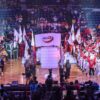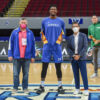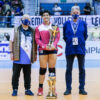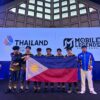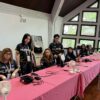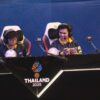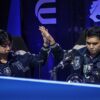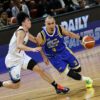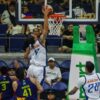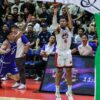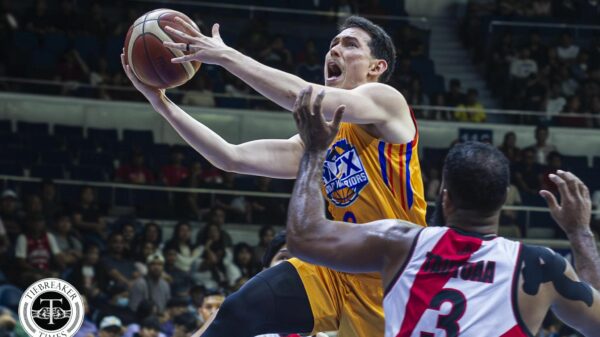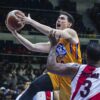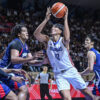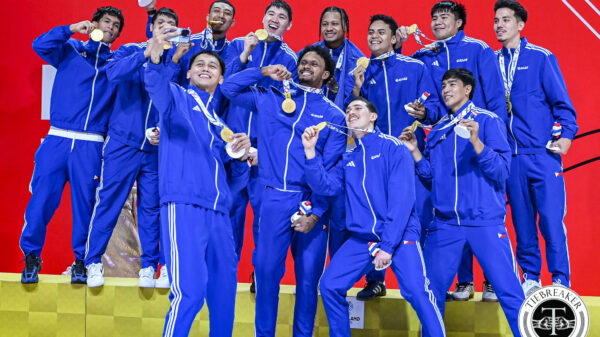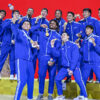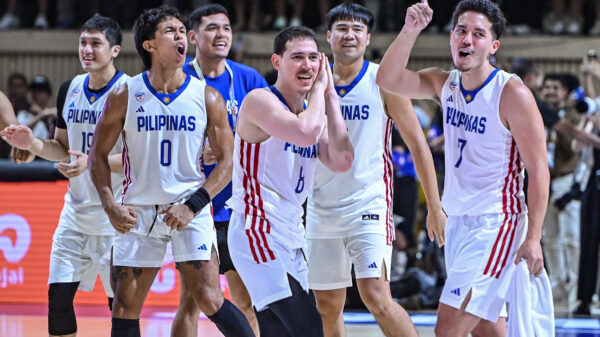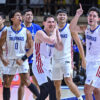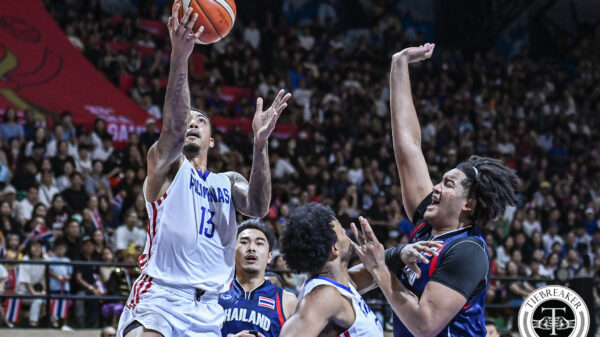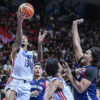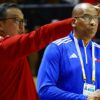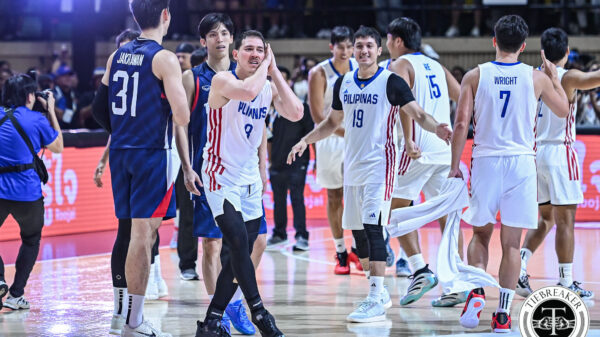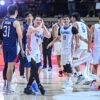First and foremost, let’s make one thing clear: This is NOT a Jordan Clarkson hit piece. This is not meant to argue that Clarkson should not be the naturalized player for Gilas Pilipinas, nor is this saying that the system should not revolve around him. Simply put, this argues that the offensive system put in place did not maximize Clarkson and occasionally put him in situations far unlike his NBA usage.
Gilas lost to Lebanon by four in a close game last August 25 to open Window 4 of the FIBA World Cup qualifiers. Clarkson led all scorers and put up 27 points, six rebounds, seven assists, and four turnovers. He didn’t shoot particularly well from the field (35.2 percent), but he got to the line 16 times, which allowed him to post a pretty efficient 56.2 True Shooting Percentage. On its face, this was a terrific offensive performance, but the team could not convert it into a win. The Gilas loss was primarily driven by its 21 turnovers that were converted to 22 points by Lebanon.
Moving forward, making fewer mistakes is paramount, and reviewing how Clarkson was used should be a top priority. Why? In this game, Clarkson had a 33.0 usage rate (how often a possession ended in a shot or turnover) and a 51.2 percent offensive load (the estimate of plays that a player is meaningfully involved in the offense). Both numbers approach top five marks in the NBA and are a massive jump from his numbers with the Jazz (26.8 percent usage and 37.5 percent load, 31st and 52nd in the NBA respectively).
Given how the Gilas offense revolved around him when he was on the court and how that same offense was a big part of the loss, it would do well to revisit the strong points and weak points, as well as how Lebanon defended him.
Transition Brilliance
Clarkson had the green light to attack at the earliest opportunity. In the NBA, he was average on transition possessions, scoring 1.10 points per possession (PPP). Lacking elite physical traits and explosiveness, he was neither good nor bad against the world’s best players. Against Asian-level competition though, Clarkson was a nightmare in transition. The threat of a triple combined with his ability to handle the ball and navigate in the open floor at 6-foot-4 made the Cedars extra wary of him in fast breaks and semi-transition possessions. He was able to find cracks in the defense before it fully set, as well as find open players as the defense keyed on him. He displayed excellent decision-making and processed passing lanes very well. Overall, the threat posed by Clarkson early in the clock was undeniably destructive for the opposing defense:
Self-Creation and Its Drawbacks
The majority of Clarkson’s touches involved asking him to create a shot for himself and/or for others in isolation or a post-up setting. An isolation-heavy offense isn’t necessarily a bad offense, but there are ingredients required for it to be successful, such as an overwhelmingly talented scorer that can playmake and a team designed to let him work with proper spacing. These types of offenses that rely on one guy to generate the majority of the offense are called heliocentric offenses because they revolve around a single star. The most isolation-heavy one was the James Harden-ran Houston Rockets from the 2010s. That’s the gold standard still for isolation-based offenses.
Against Lebanon, Clarkson did not make much of his shots from isolations, but the value was derived from his ability to draw fouls from them. He’s simply not a guy you can deal with in single coverage, and he’s able to blow past his man. Often, there’s no other choice but to foul:
In general, the issue with isolation basketball is that it’s predictable and relatively inefficient. Isolations look like one-on-one plays, but if you look closely, you’ll see the Lebanese defenders inching and looking toward Clarkson ready to step in if he drives inside. The lack of involvement from the other players and the lack of a shooting threat (non-Clarkson Gilas players combined to shoot 28.6 percent) made it much harder for Clarkson to gain an advantage.
The level of attention given to Clarkson is much different from what he received when he is with the Utah Jazz. Although he does isolate a lot, he only scores at around 0.97 PPP, which is good for isolations, but not a great halfcourt offense. This means teams are generally fine with leaving him in single coverage and staying home on shooters. In the best league in the world, Clarkson is not a huge threat, and defenses typically do not help until he’s beaten his man to the rim. The quality of the defenders in Asian basketball is not as high, but the defensive attention more than makes up for it in terms of slowing him down:
One of the ways Clarkson was asked to create a shot was through post-ups in the midrange. It saw initial success when Lebanon met the post-up with only single coverage. This was an understandable reaction because Clarkson isn’t a guard post-up savant in the mold of DeMar DeRozan or Luka Dončić. In his previous season, he only logged nine post-up possessions, according to Synergy Sports. Initially, that didn’t matter as he could comfortably rise above his defender and shoot over the top. He was also successful at drawing fouls because the defense had a tendency to overreact to every subtle move:
In the NBA, Clarkson did not post up a lot. It was a two-to-three times a month kind of thing rather than a per-game thing. When it did happen, it was always single coverage with a ton of space over a smaller defender. The post-ups drastically changed as soon as Lebanon decided that single coverage was not the way to go about it:
Lebanon decided to send help and double him in the post. In the past year, Clarkson has not met a post-double. This was an unfamiliar situation for him on the floor, and this quickly neutered posting him up. Basically, he’s no June Mar Fajardo. The doubles nearly automatically forced a pick-up and a pass-out, which resulted in turnovers and clock wastage. The clock is an important point. Gilas were met with multiple shot clock violations because Lebanon found a way to stall their offense AND because Gilas was slow to get into their sets:
The Crowd
The game plan revolving around Clarkson led to a very important issue: predictability. As soon as Clarkson had the ball, Lebanon felt fine pouring their attention towards him and they weren’t made to pay for it consistently.
Though they didn’t run a pure dribble-drive offense (DDO), the scheme did take heavy inspiration from it, especially conceptually. In the first play, Wael Arakji threatened to help on Clarkson and cut off dribble penetration. The reset was a Scottie Thompson isolation that goes nowhere. In the second, Dwight Ramos dribbled toward Thompson (DDO rules operate that this means there should be a handoff), but either due to lack of familiarity and not realizing the handoff was coming (or simply wanting to just reset the ball with Clarkson), he ignored the handoff and passed it to Clarkson. Knowing a pass was coming to Clarkson, the ball was stolen:
Predictability leads to crowding. The Cedars could shift their attention toward Clarkson because the offense was Jordan Clarkson. They weren’t punished for this and instead, this produced turnovers in part due to the fact that Clarkson isn’t used to handling this much defensive attention. Helping, trapping, and throwing multiple bodies at Clarkson either took the ball out of his hands, which forced someone else to create, or forced a turnover. They operated under the principle of making life hard for Clarkson and letting someone else try to do something. Yes, the defenders are worse in a vacuum than what he’s used to, but the attention and poorer floor spacing can make basketball hard, even for a player of his caliber:
Operating as a secondary ball handler in Utah, Clarkson was allowed to play off Donovan Mitchel, Rudy Gobert, and Mike Conley Jr. This usually meant that defenses gave him more lax coverage, as a Clarkson shot was more preferable than one from the team’s best players and playmakers. When tasked to create with Mitchell on the bench, Clarkson’s rate of turnovers doubled and his shooting efficiency fell by 3.5 percentage points. The efficiency drop-off is comparable to the shooting efficiency of the 18th-best shooting team in the NBA to the worst-shooting team. Clarkson was not well-equipped to handle the role of primary ball handler in the NBA because he struggled when the defensive attention was focused on him, and defenders stunted and reached at the ball or met him as he drove:
On the Pick and Roll/Getting Over the Hedge
A particularly popular criticism of the team was the alleged lack of pick and rolls, with a certain columnist even going so far as to claim that they ran zero pick and rolls the whole game. That claim is a bold-faced lie and evidence that one did not watch the game, or at least did not look closely. In fact, the pick-and-roll battle was a huge story in the game and one that ultimately spelled defeat for Gilas.
Like every single team in the world, Gilas ran pick-and-roll – not just once, but multiple times. But Lebanon did something to prevent it from being effective and to prevent Gilas from gaining an advantage: they hedged with the screener’s defender. To hedge means to “tag” the ball handler and prevent a strong drive inside or a pull-up jumper. Hedging is done against pull-up threats and guys who can’t handle contact and push-through.
The primary goal of a hedge is to prevent the ball handler from beating you. If you fail to attack the hedge, pick the ball up, or pass it out, the defense got what it wanted. More often than not, Clarkson seemed passive against the hedge and chose not to attack it aggressively and give the ball up. Thus, the PNR was not only neutered, the defense also got what they wanted, AND time was shaved off the clock:
A huge part of why the hedge was effective was because the team played with two non-shooting bigs at the same time for long portions of the game. Japeth Aguilar is a big with a solid midrange touch but has been a 24% shooter from long range throughout his career. Kai Sotto is a big that doesn’t shoot the long ball at a large enough volume to be deemed a legitimate threat. This means they could afford two people around Clarkson on pick and rolls and have the uninvolved big’s defender handle the roller. Watch how open the big in the corner was and how far their defender was. This worked because whoever the other big was, they were not a shooting threat, and an open jumper from them was deemed more palatable than allowing Clarkson to work:
In the NBA, it’s uncommon for teams to throw aggressive pick-and-roll coverages like hedges toward Clarkson. The most common aggressive coverage he faces are switches, but he usually has a foot speed advantage and NBA-level floor spacing that lets him operate well enough. Aside from this, teams usually end up going with a drop coverage or with a show where the big simply stands in the way of his driving lane without tagging him.
In fact, he’s only been trapped in the pick and roll 16 times the whole season, and the Jazz only derived 0.56 PPP on those occasions, a mark that grades out to be poor according to Synergy Sports. This shows that he doesn’t handle high defensive pressure well at the NBA level. Again, the reason why teams don’t load up on him like this too often is because there are more dangerous players to worry about. That’s not the case with Gilas, where he is the centerpiece and the gravest threat.
Of course, the team didn’t just lie down and let Lebanon take their lunch money and cry. They tried several concepts to beat the hedge to various effects. First, they tried to wait on the hedge. Simply, they either waited for the hedger to leave and the original defender to recover or draw the hedger out to switch. This didn’t end up working in these plays, because Clarkson was too aggressive on the first play, earning a charge call, and a bit too tentative as a playmaker in the second where the pass to the corner was both a few beats late and inaccurate (a better delivery angle would’ve helped):
The second concept they employed was slipping the screen. Hedging requires two people to focus on the ball handler at a time. Usually, NBA teams beat it with the roll man slipping the screen (rolling early) and passing off the short roll or finishing up close if the tagger is late. Clarkson often missed these passes, and the seconds that ticked off forced him to create his own shot. On the occasion he did make the pass to the slipping roller, Sotto failed to corral the ball, but the situation was advantageous prior:
The third concept to beat the hedge was not even a pick and roll. Instead of initiating with Clarkson as a pick and roll ball handler, the team stuck him in the corner for dribble handoffs. Lebanon, however, was great at denying him opportunities to either get the handoff or use it, and forced him baseline, somewhere he’s not particularly excellent at in the NBA:
The next concept was a drag screen set far from the three-point line. This allowed distance between Clarkson and the hedging big and gave him a head of steam. This would’ve been a very good concept to use more often, as the Jazz are known for their early offense sets involving drag screens and double drag screens:
This next concept was a bit more abstract: Sotto “drag screens’ with his hands raised upward. This is similar to a brush screen where a player cuts across while intersecting with a defender, but his hands are up indicating to the referee that it is a cut and not a moving screen. The difference here is that Sotto wasn’t cutting, but merely acting as a post. The more important concept here that could have been deployed was changing the angle of the screen. A typical angled screen tells the defender where the ball handler would go if they use it. Thus, the hedging big man is able to “predict” where the ball handler is going. With Sotto facing the rim with his body parallel to the baseline, the big man was more uncomfortable in predicting where Clarkson was going and thus, the hedge didn’t arrive and he got a decent look:
The last concept was a dribble handoff in the middle of the floor between two guards. The handoff sort of operated in the same way as a screen, as it created separation between Clarkson and his defender. In addition, this made a guard defend a situation analogous to a pick and roll, which they aren’t used to. This also let Clarkson accelerate to finish strong at the rim:
In all, the team didn’t do quite enough to beat the hedge – whether directly through different pick and roll plays and screening techniques, or indirectly by entering the ball to Clarkson in varied ways. Lebanon simply outperformed Gilas on the floor and tactically. The problem wasn’t the lack of pick and rolls, but the lack of effective counters used consistently in Lebanon’s pick and roll defense. Running more pick and rolls the same way is akin to asking them to run into a wall repeatedly, but asking them to incorporate more counters and creativity is a valid request.
Maximize Clarkson
The most important thing moving forward is to maximize the benefit of the insane attention Clarkson attracts on defense. Clarkson is a serious threat to Asian teams, as he is by far the best individual player in the continent. He inspires chaos and panic in defenses. In the first clip, he got the Steph Curry treatment. With Sotto running to the rim and a man in the corner, two Cedars coalesced on Clarkson, and he made an easy pass to Sotto for the dunk. In the next, a simple pitch to him off a screen drew both his man and the screener in and left Thompson open for the layup. Lastly, on a 3-on-2 break, both Cedars ignored the players running in the lanes and tried to wall off Clarkson. Capitalize on the danger he brings.
Clarkson is an NBA player and is the best player available for Gilas. These are not debatable. But that doesn’t mean he can waltz in and drop Prime LeBron numbers against lesser competition. He’s an amazing player, but he isn’t perfect. He has weaknesses that need to be addressed and worked around. The most effective way to use him isn’t to attack with him most of the time and hope for the best, but to involve everyone else and use the threat of Clarkson scoring to help everyone else score. Clarkson is not a battering ram that can smash defenses at will, but he can be just as dangerous in the right system.
With Clarkson committing himself to play for the World Cup, it’s up to the coaches and the Samahang Basketbol ng Pilipinas to come up with an actual plan to build a team around him that maximizes everyone’s collective talent. That’s the only way they’ll be able to succeed. Learn how Clarkson plays in the NBA and find out what he does best and where he does it and integrate 11 other players that can open the floor for him and make use of the attention he demands from defenses. It’s not an easy task, but there’s no other choice. No other way will cut it.
—
Catch Jordan Clarkson and Gilas Pilipinas take on Saudi Arabia on Monday, 7:00 PM with the SMART GigaPlay app. Download it here.

